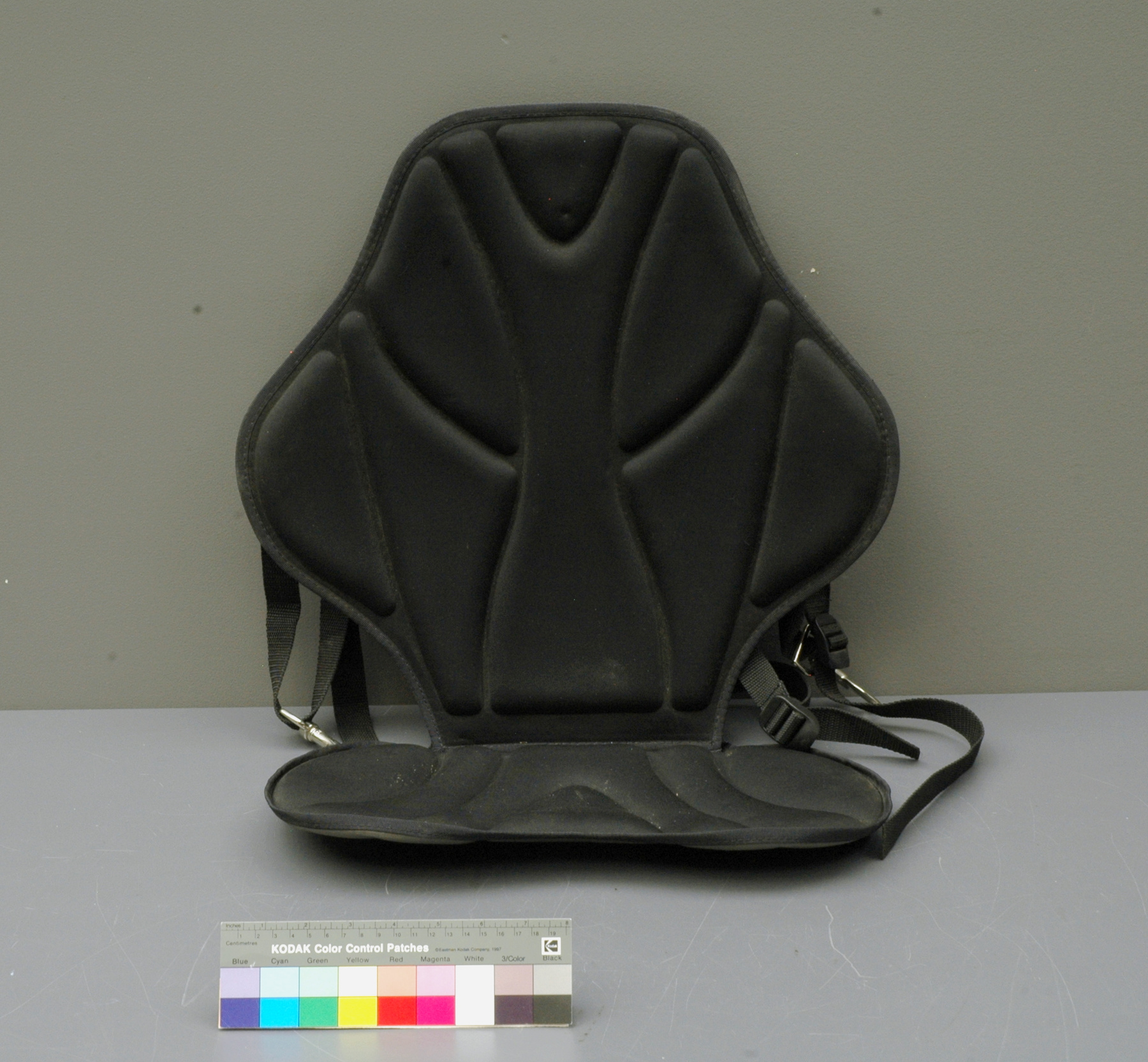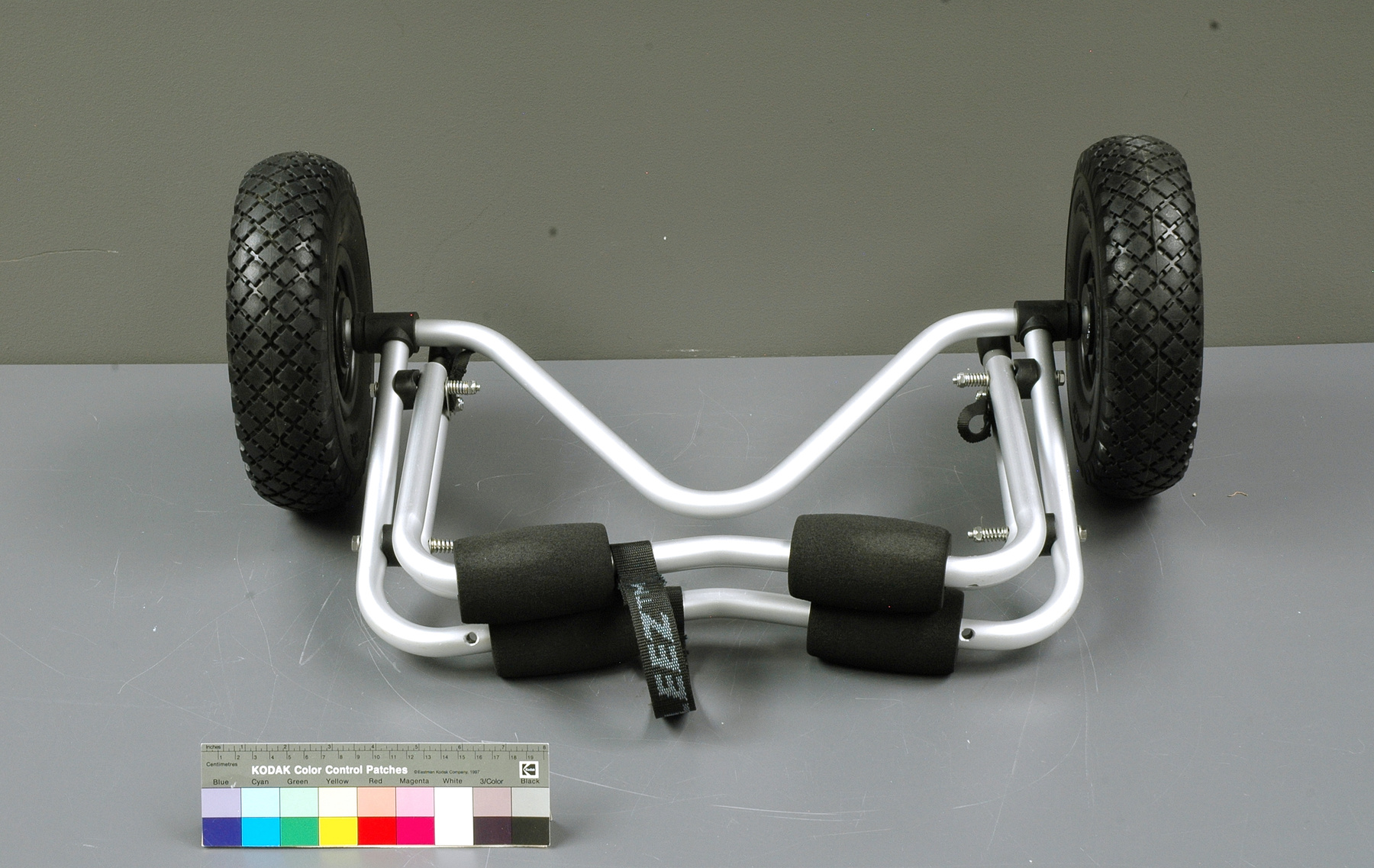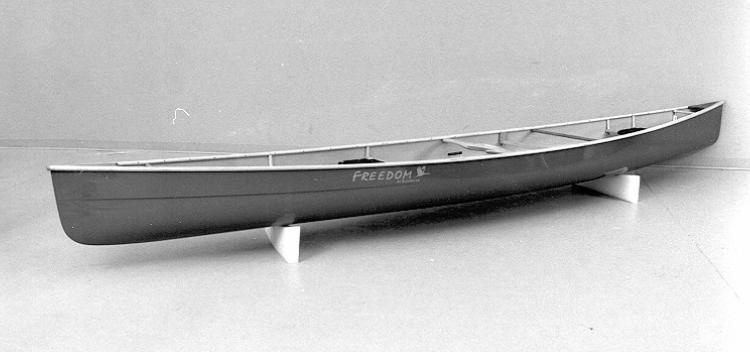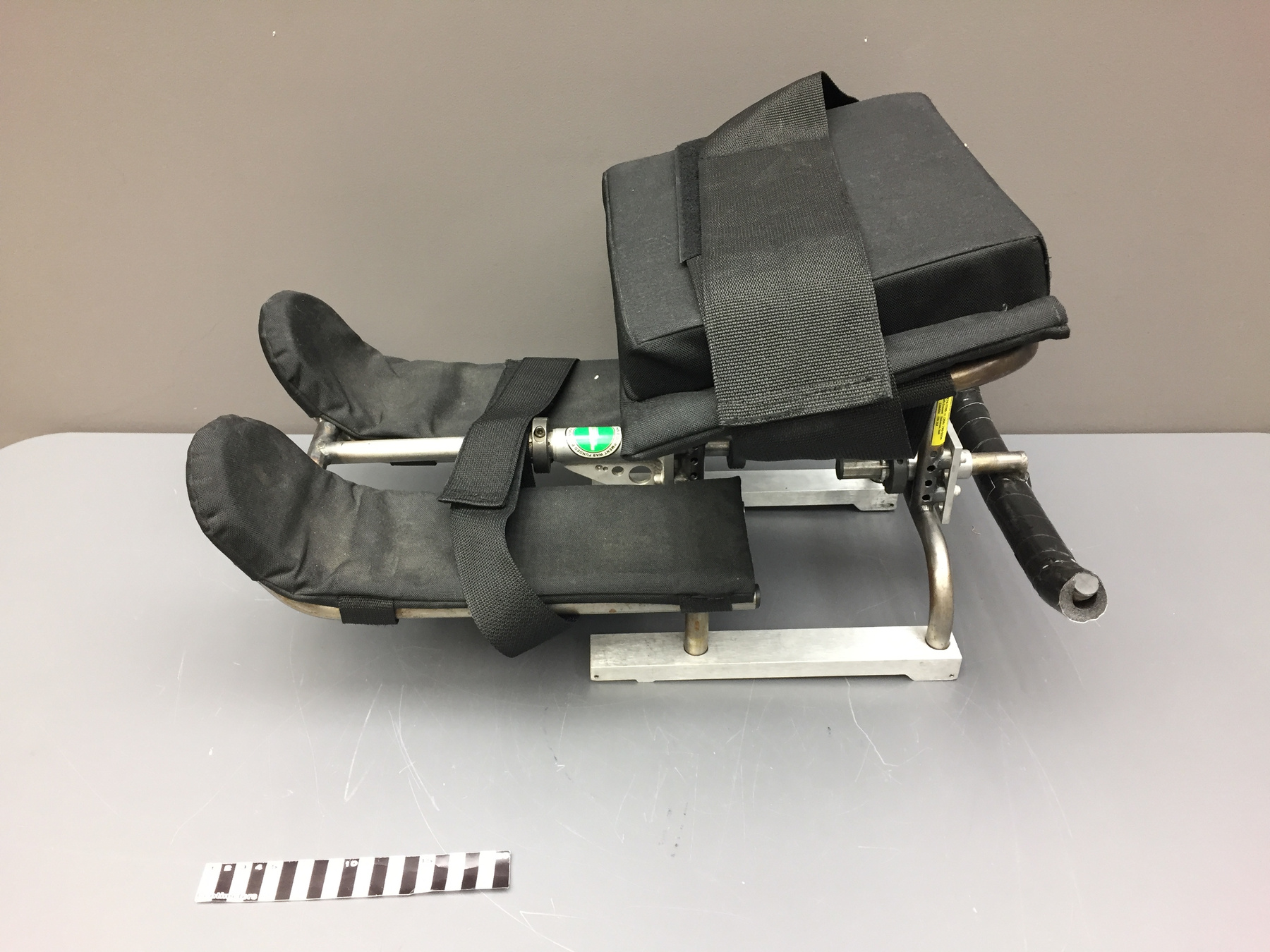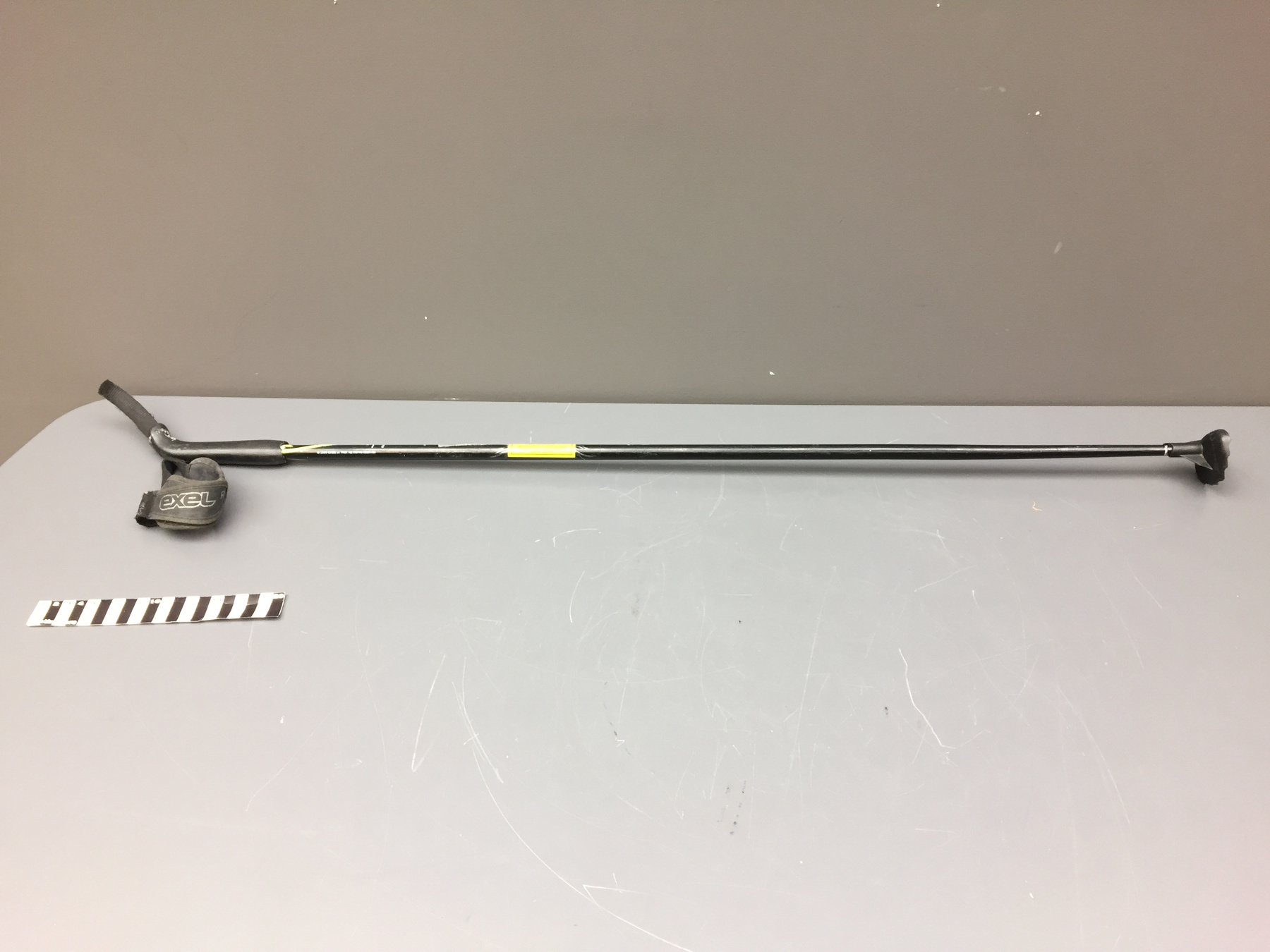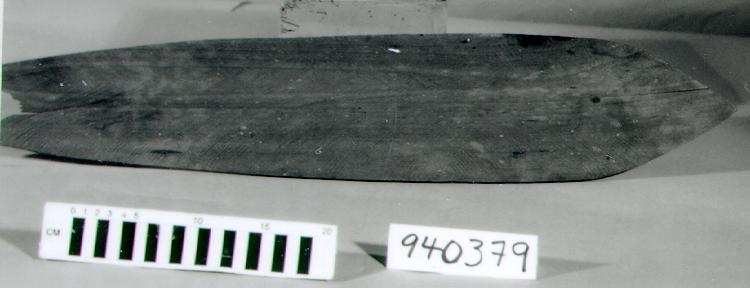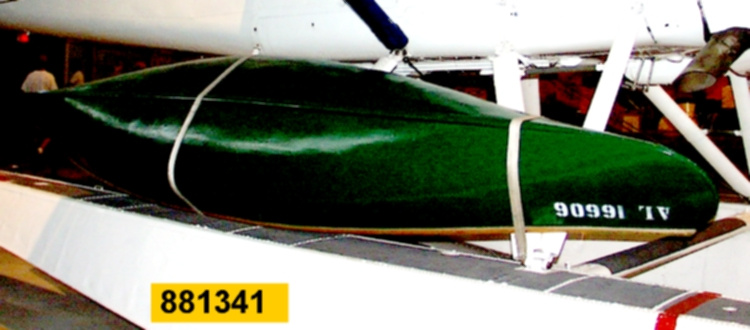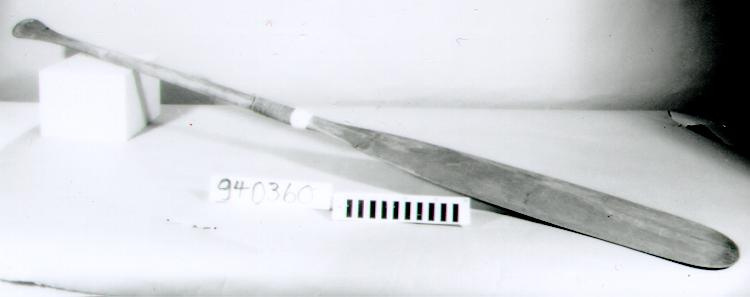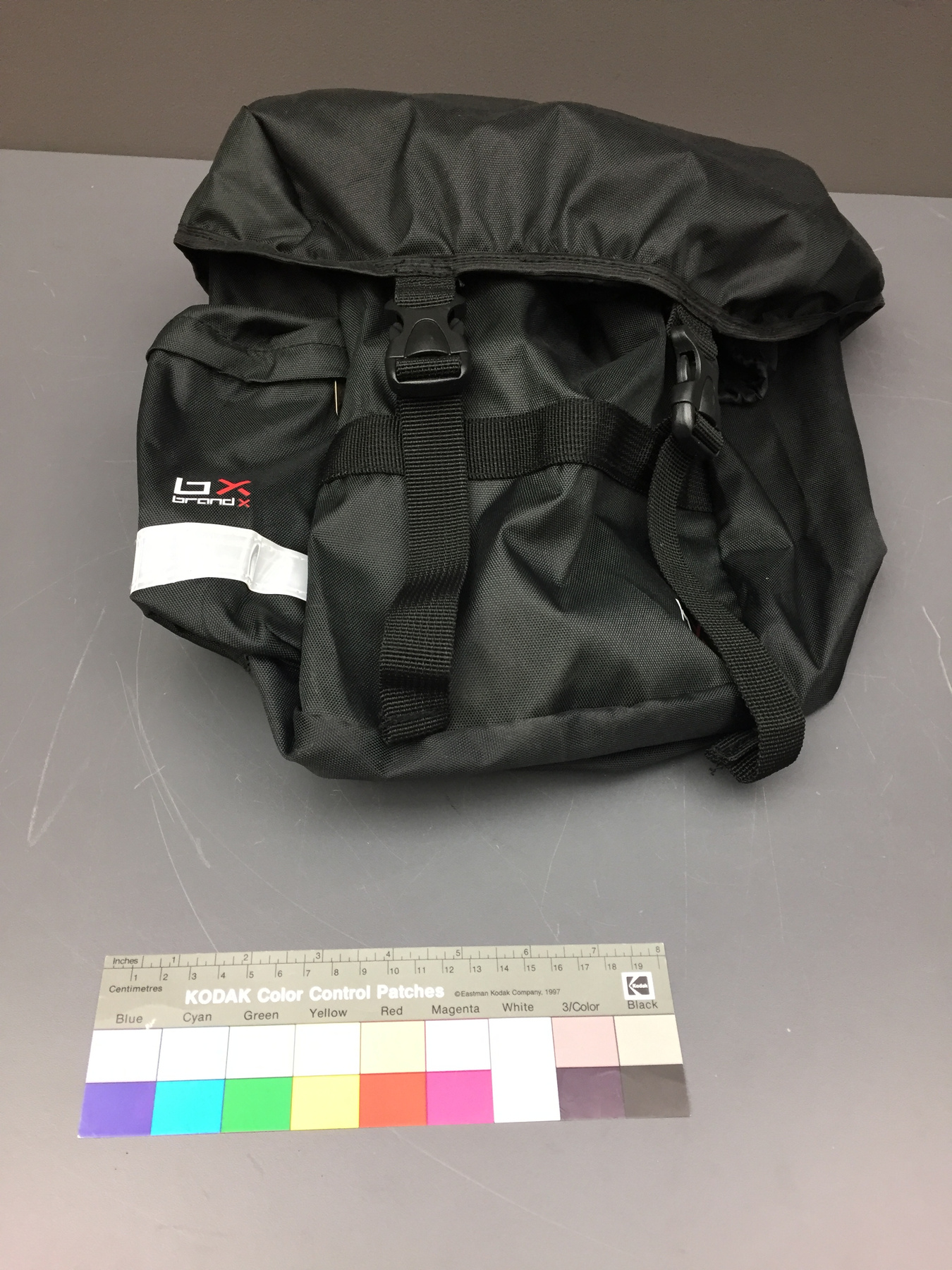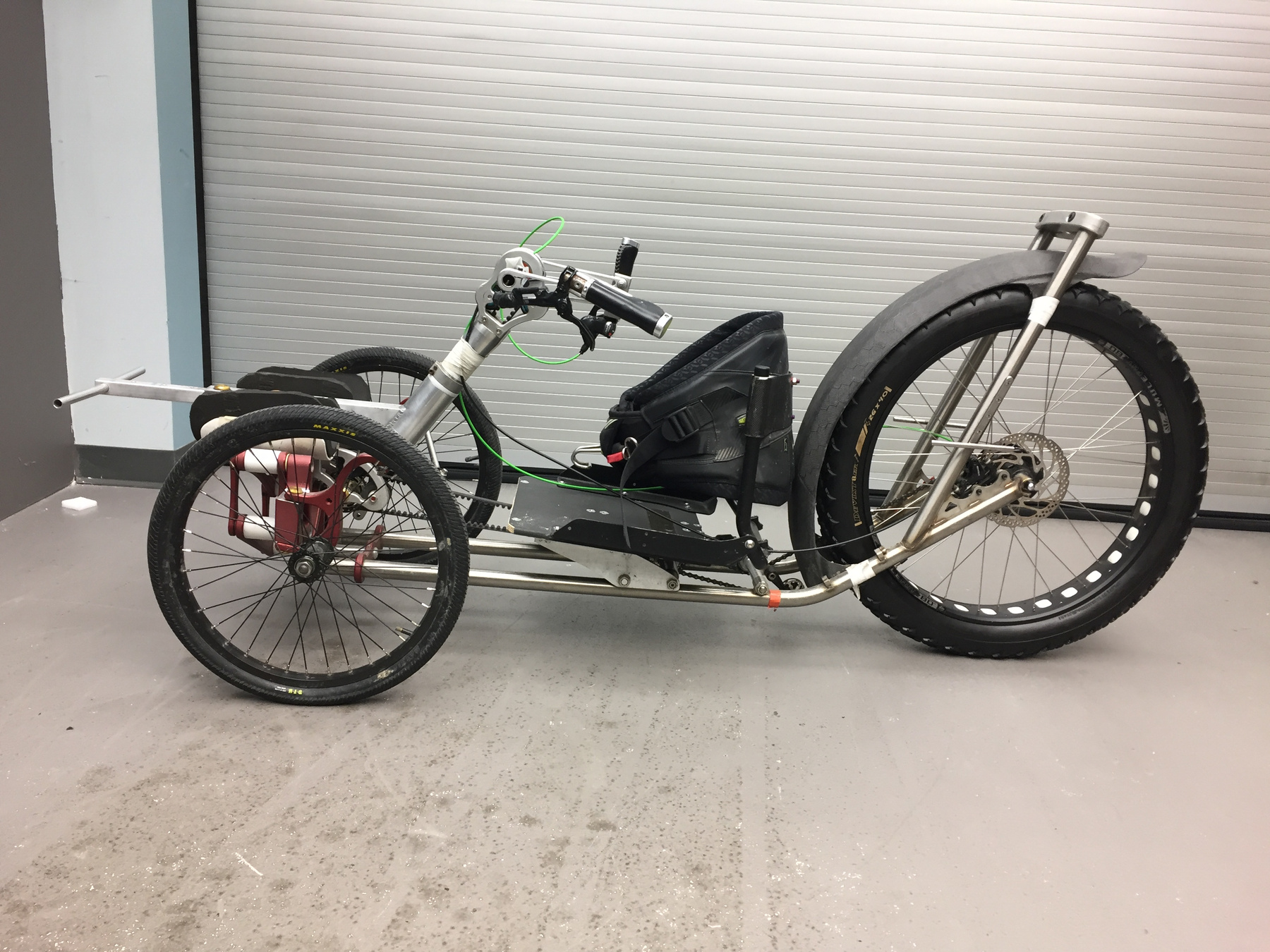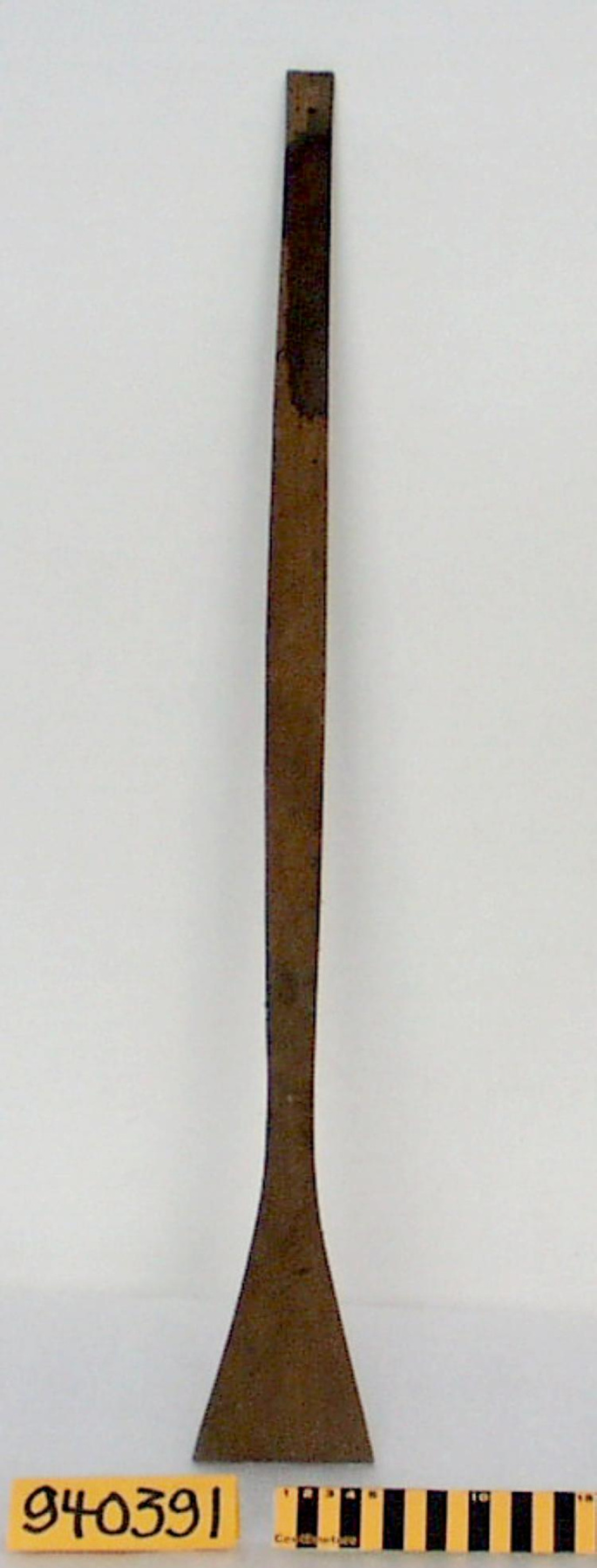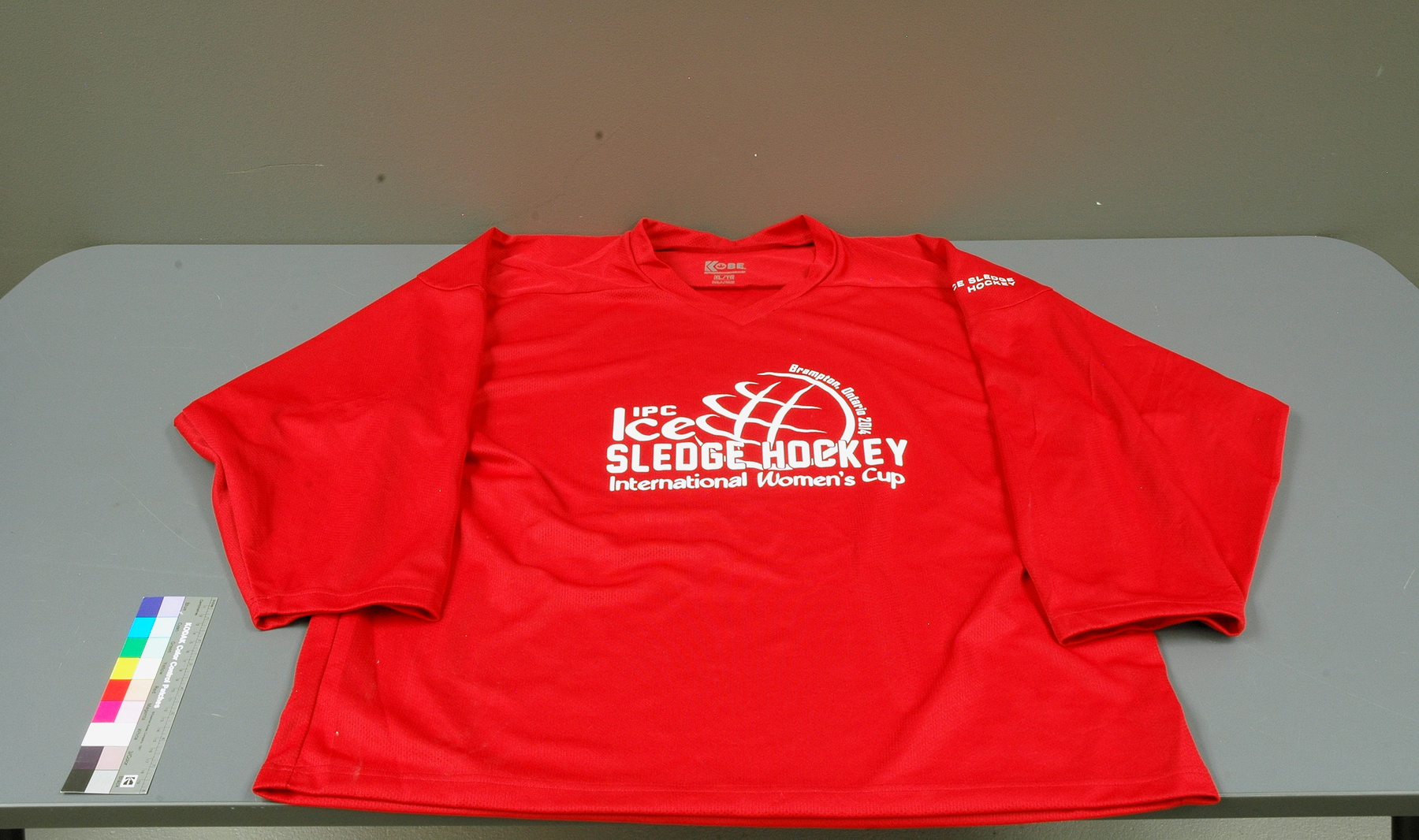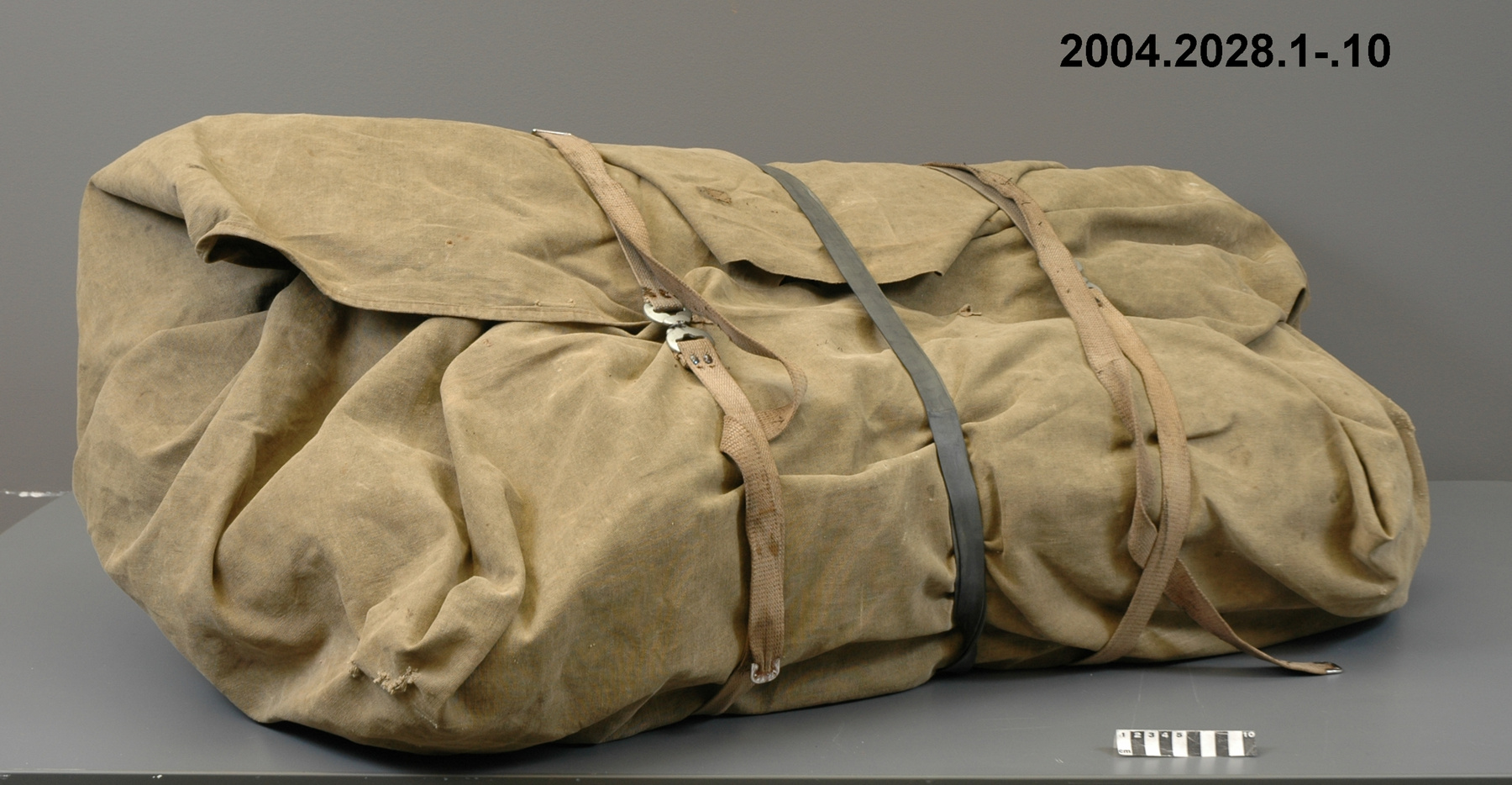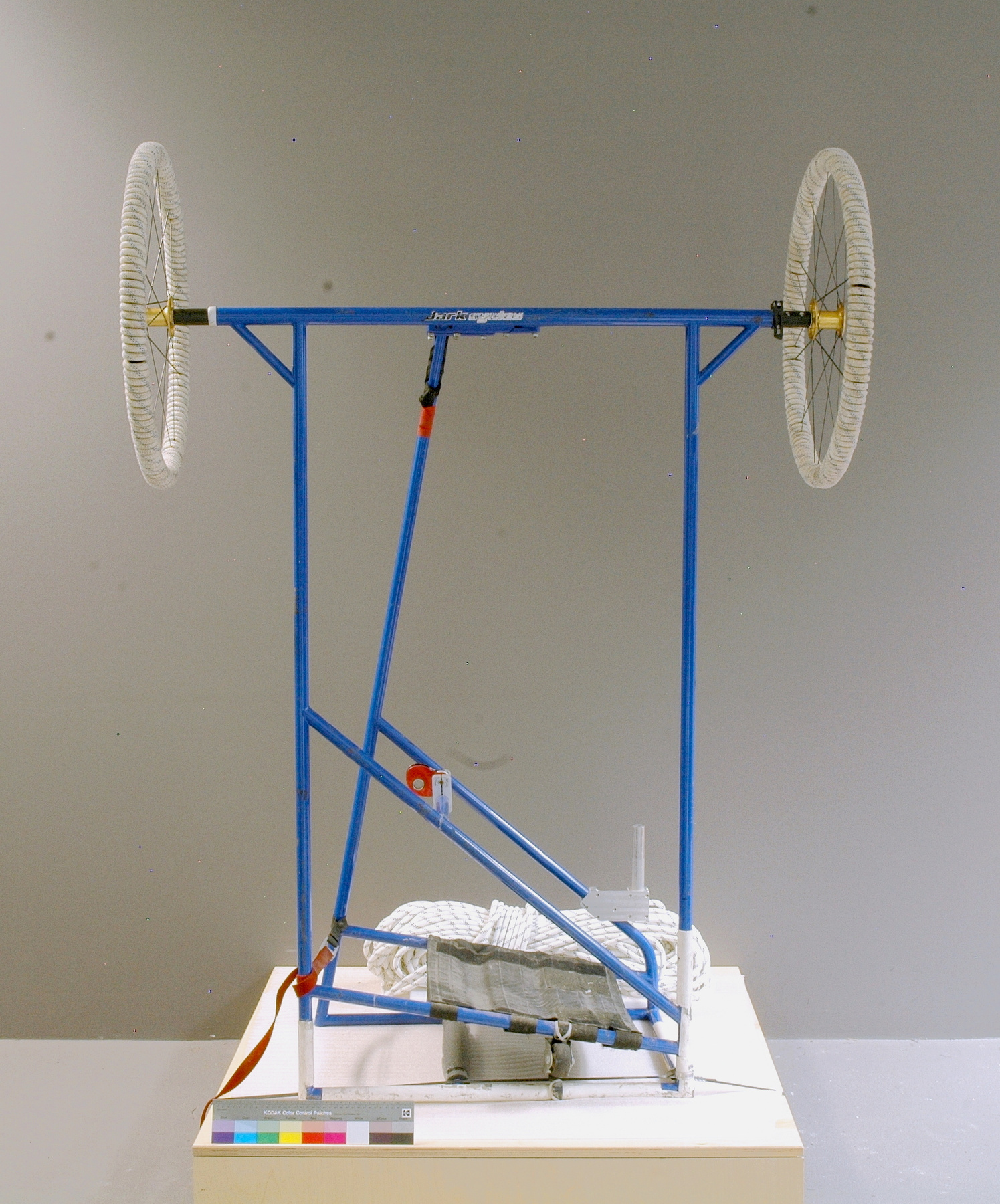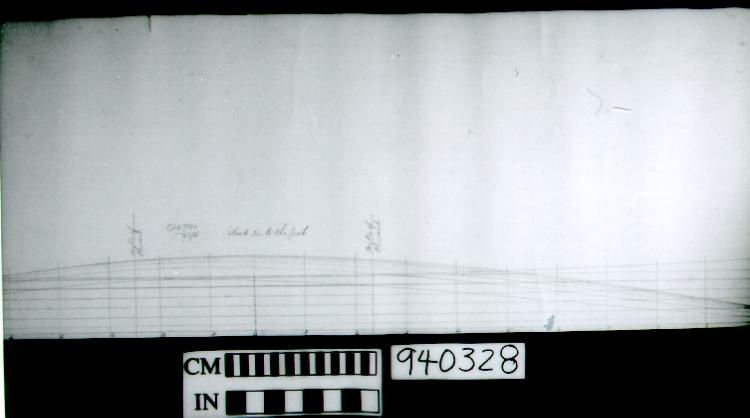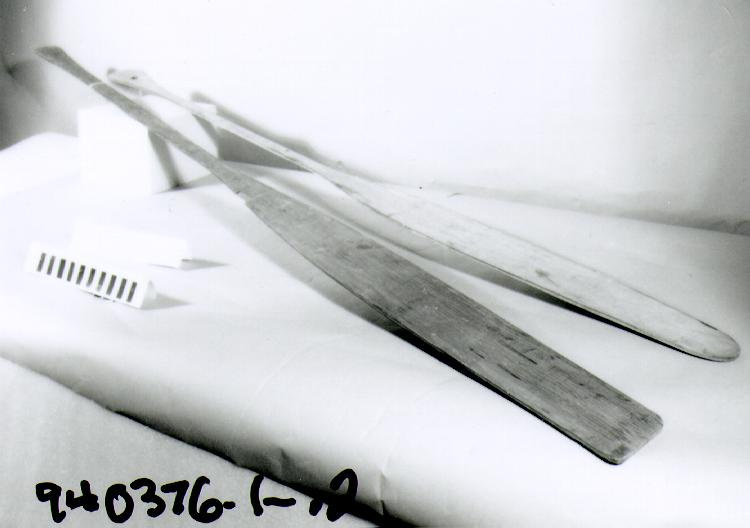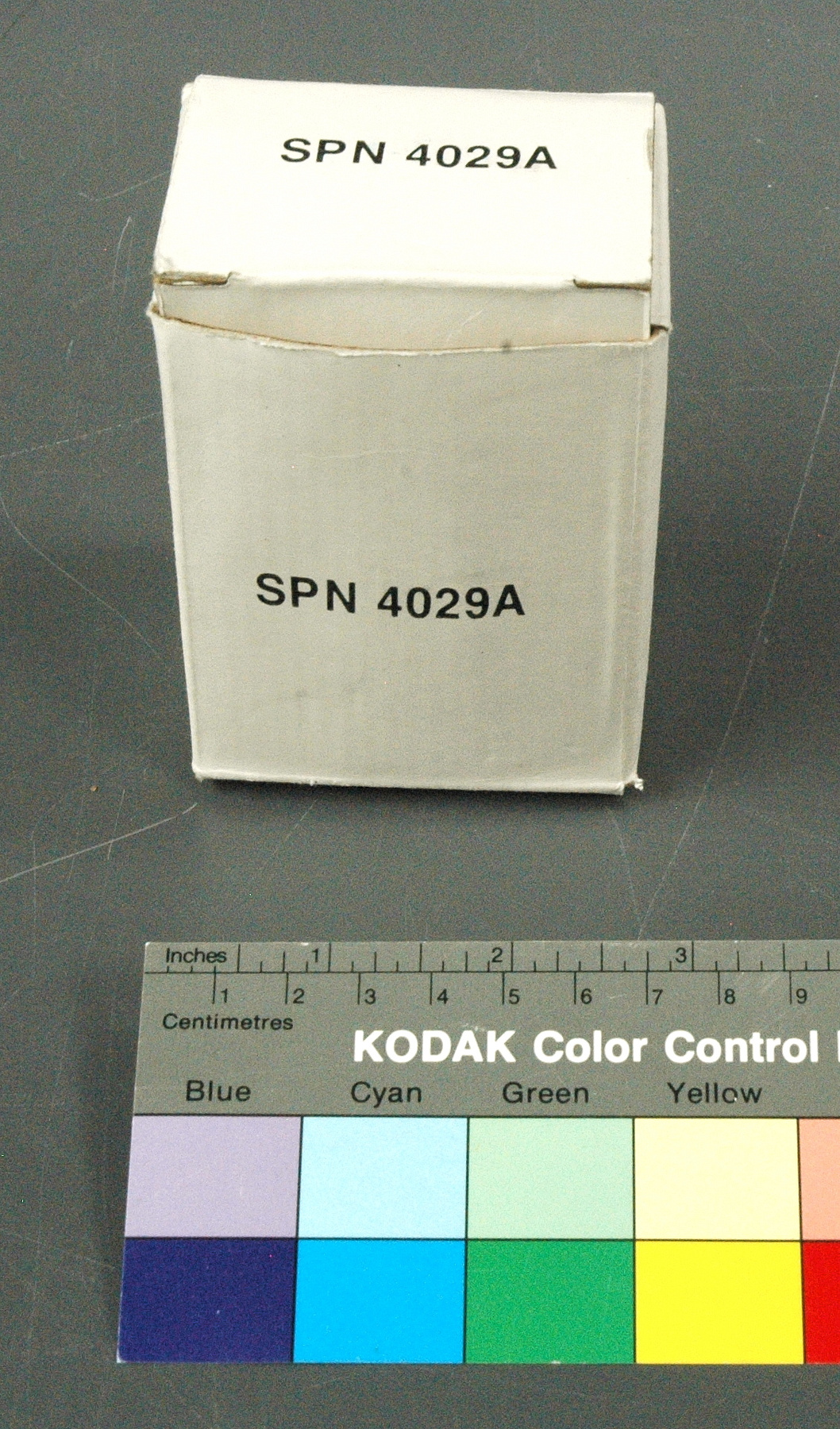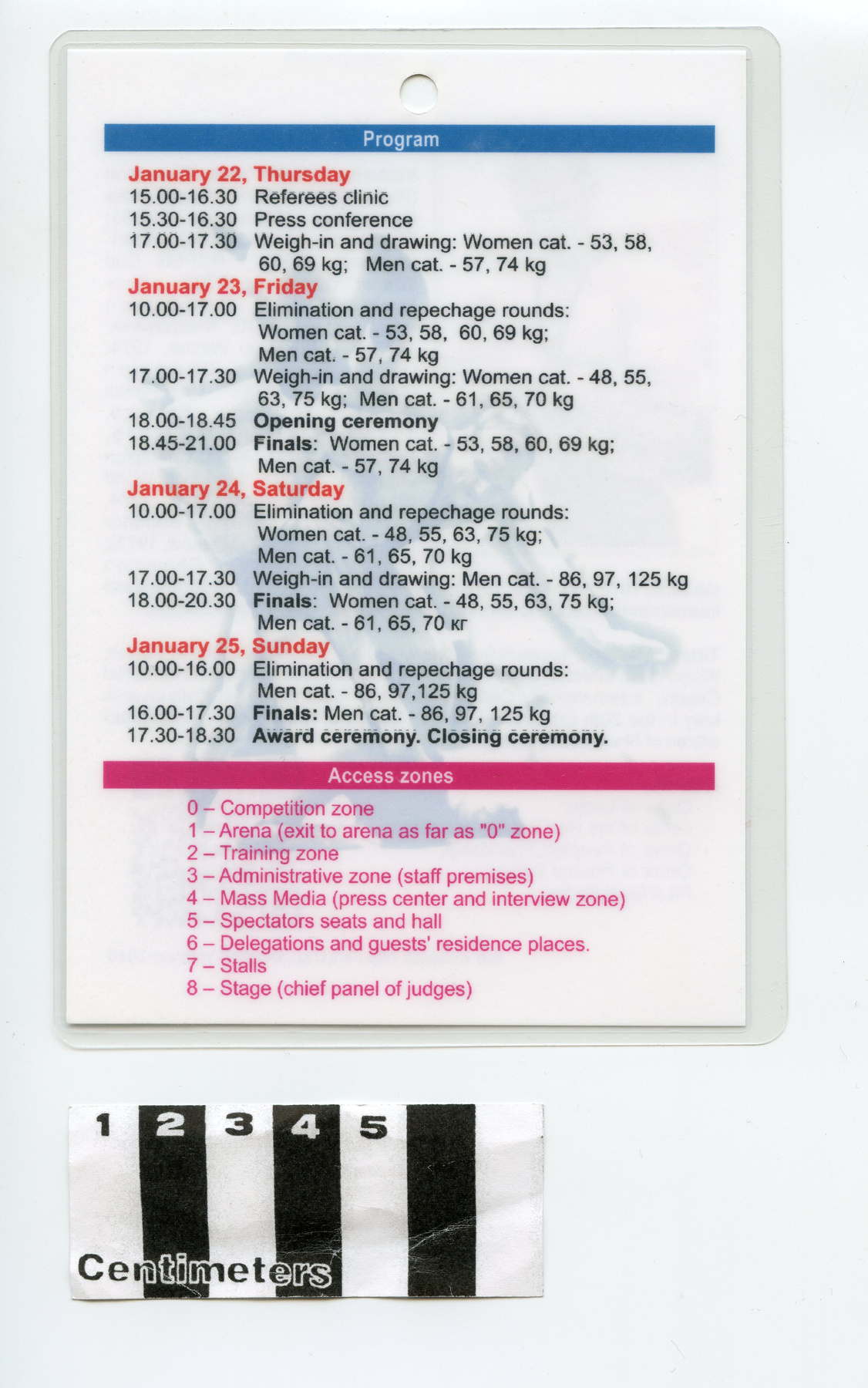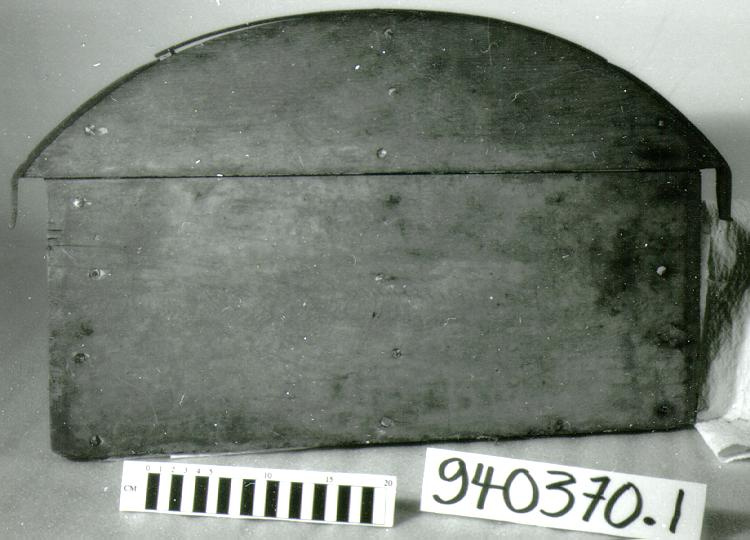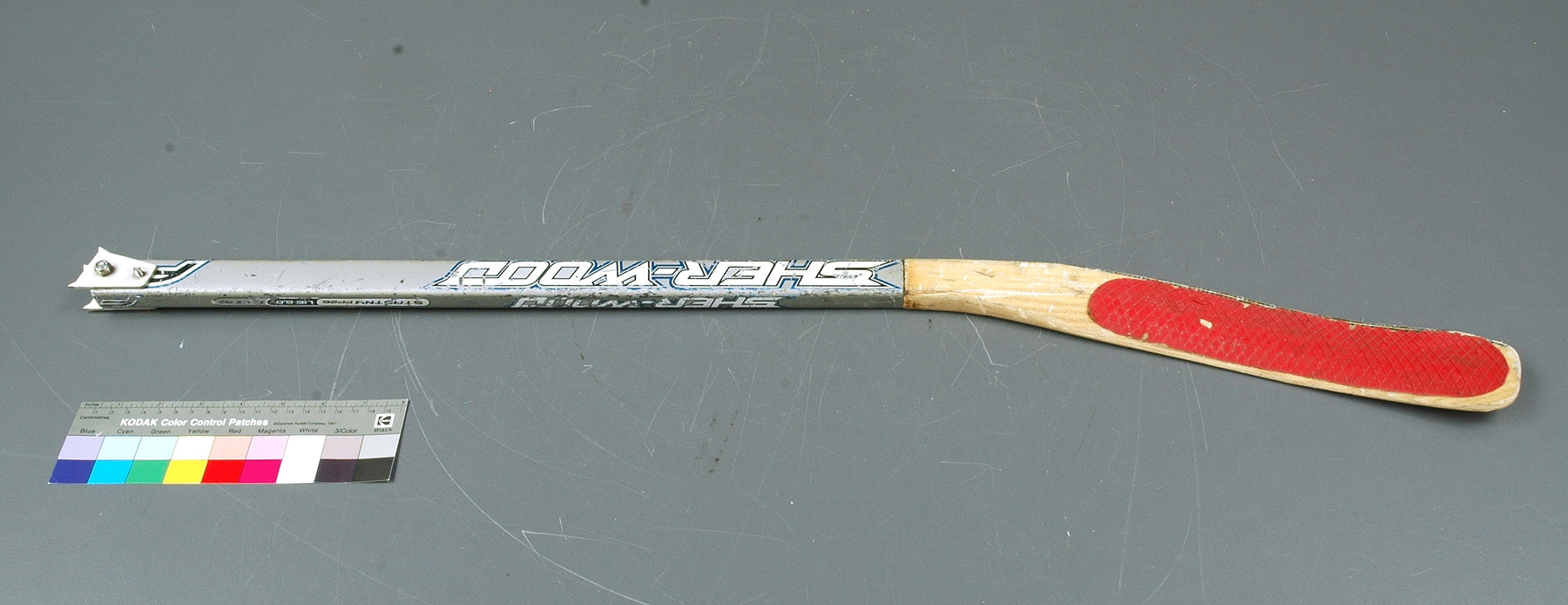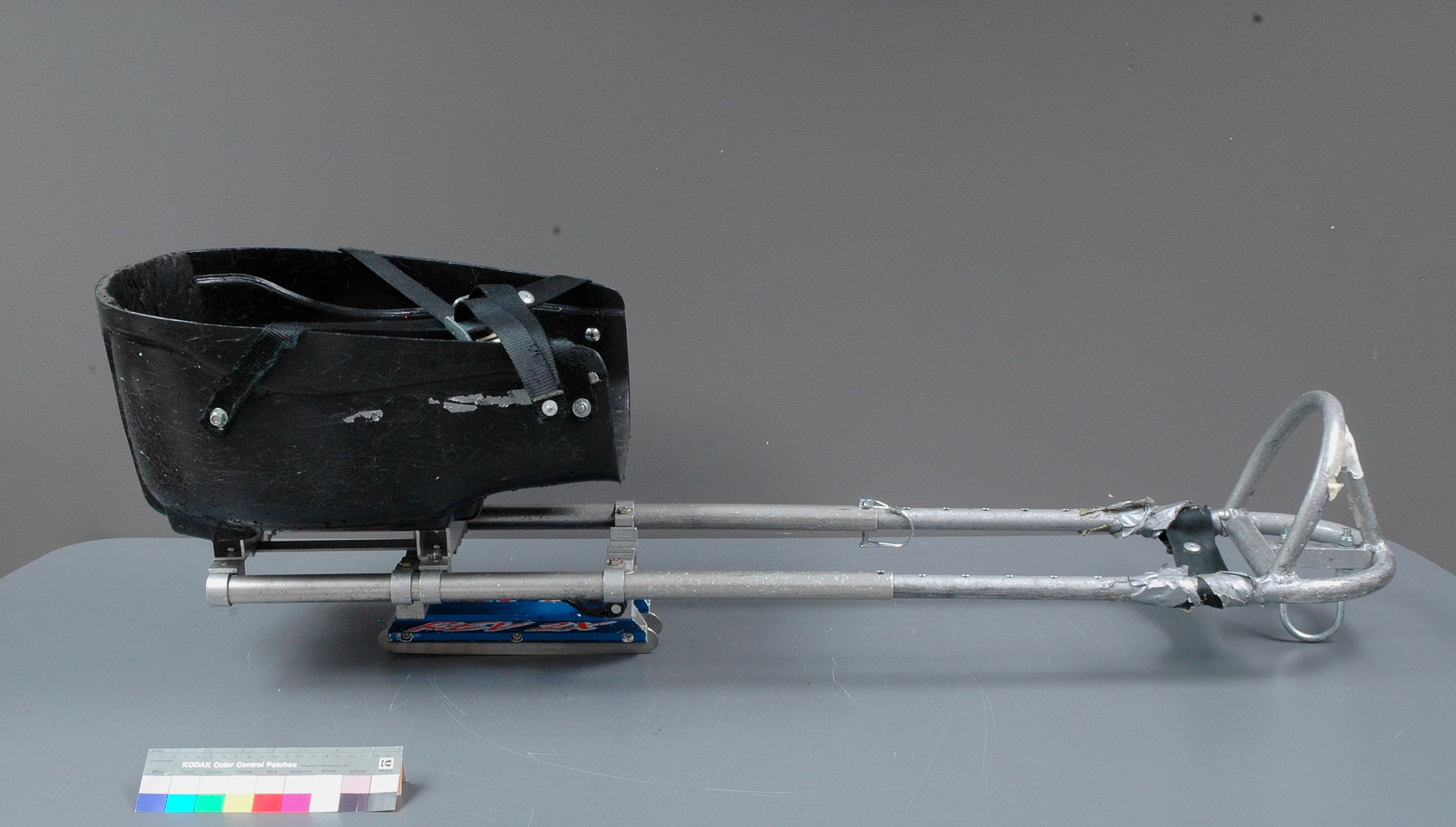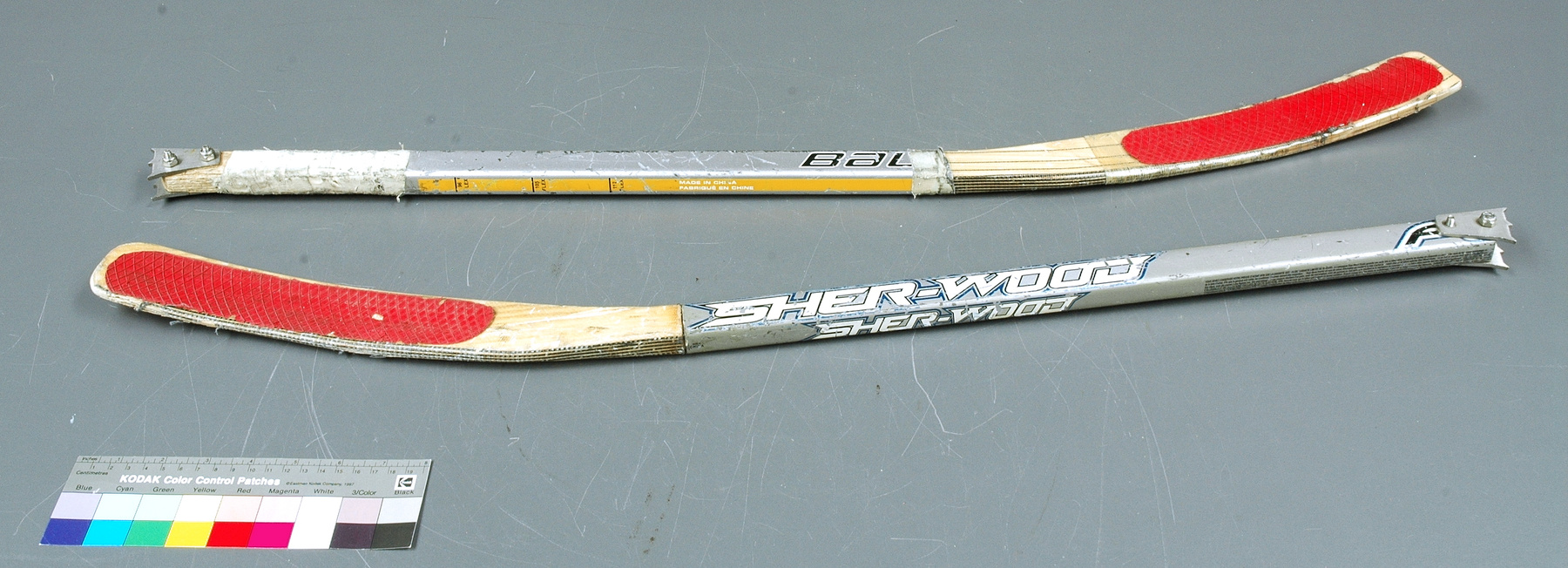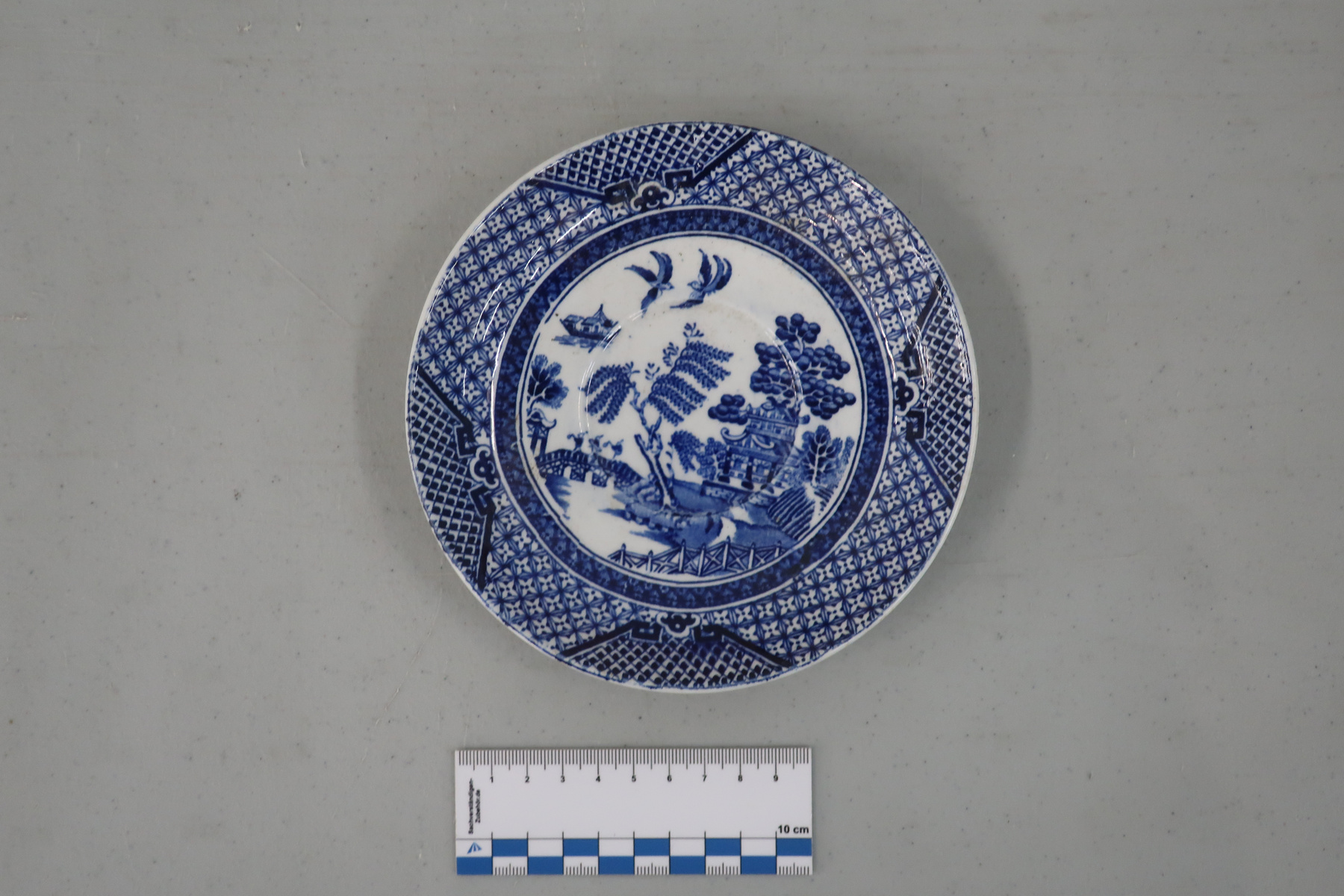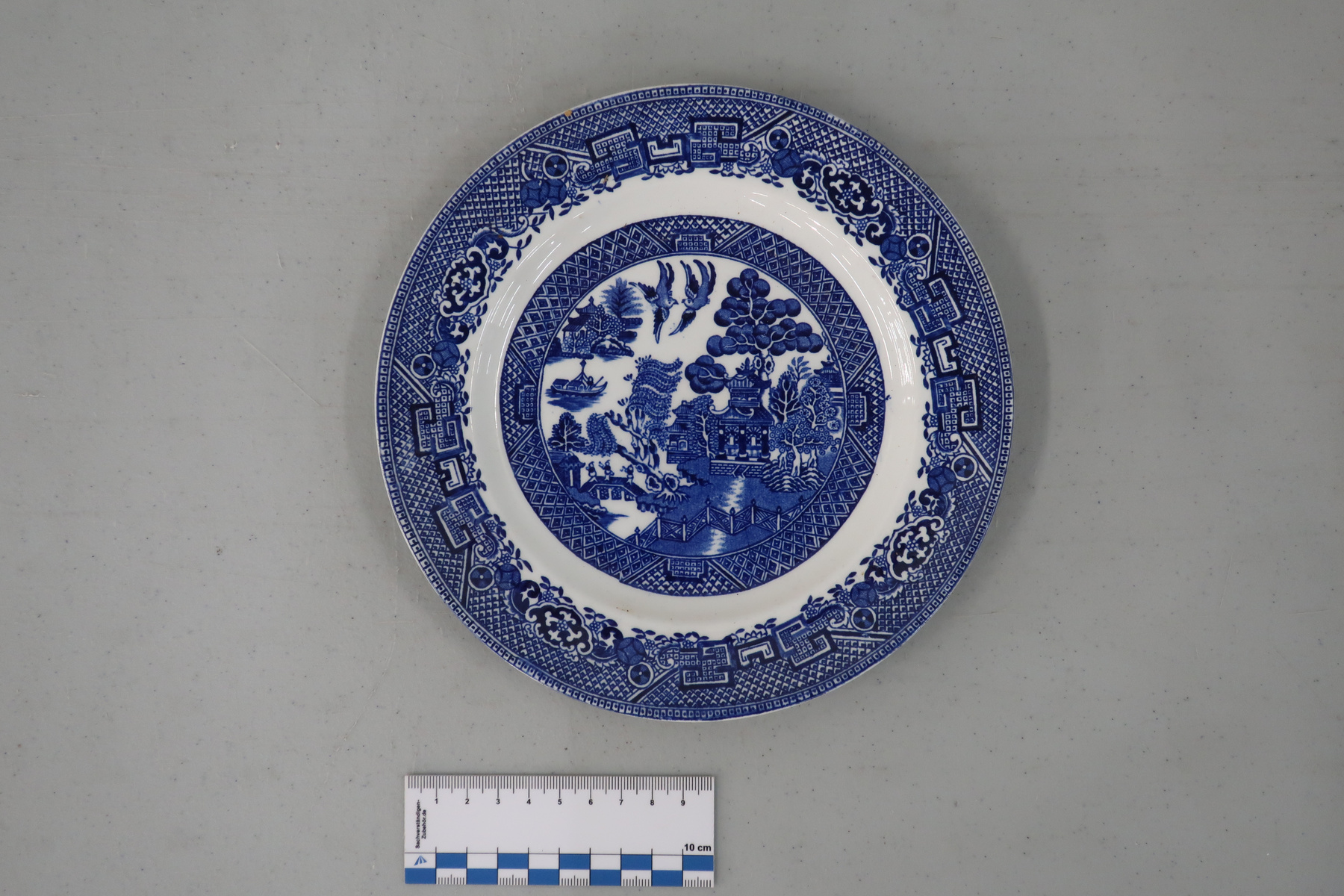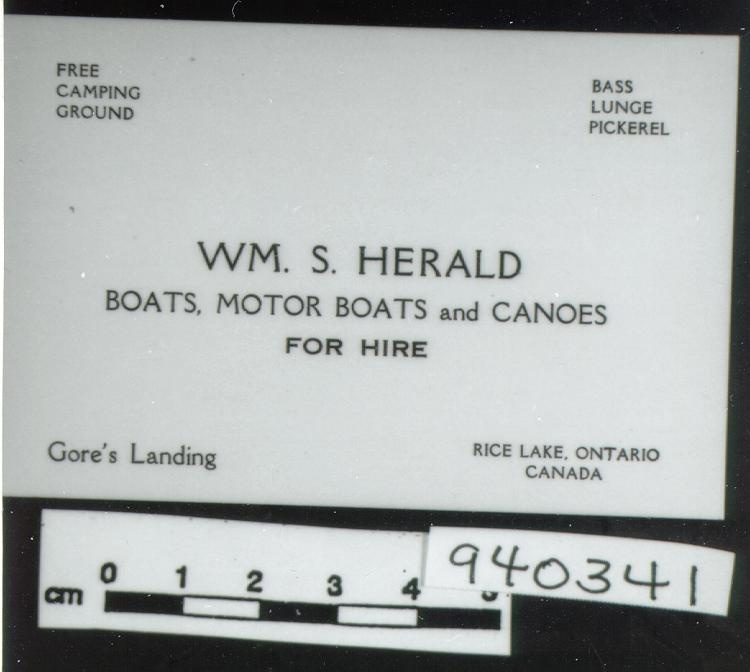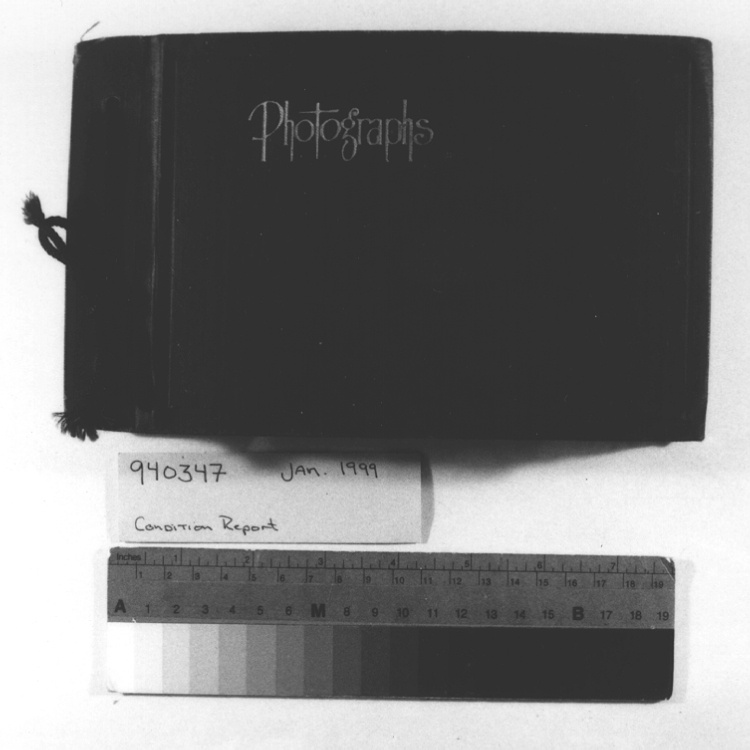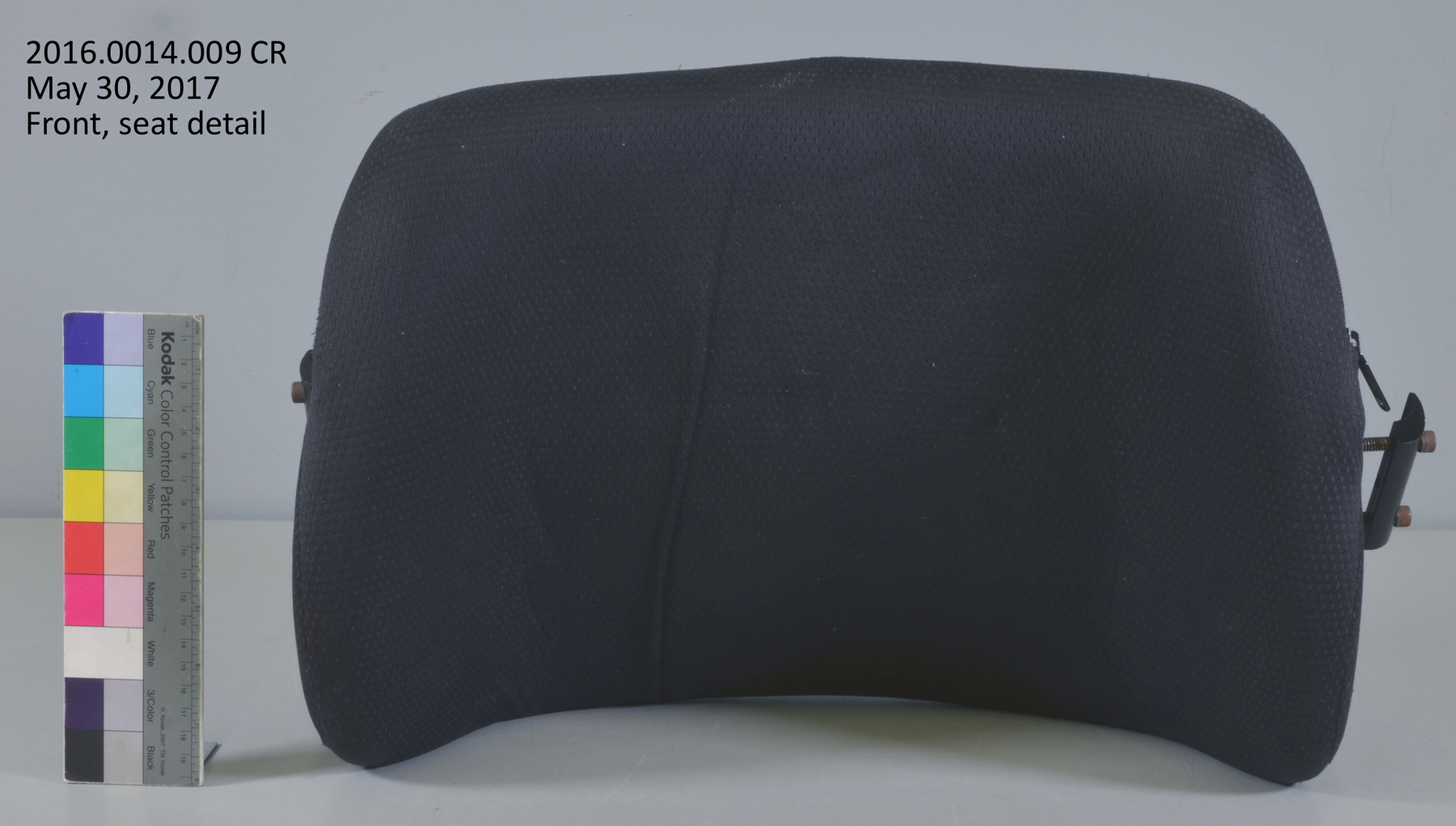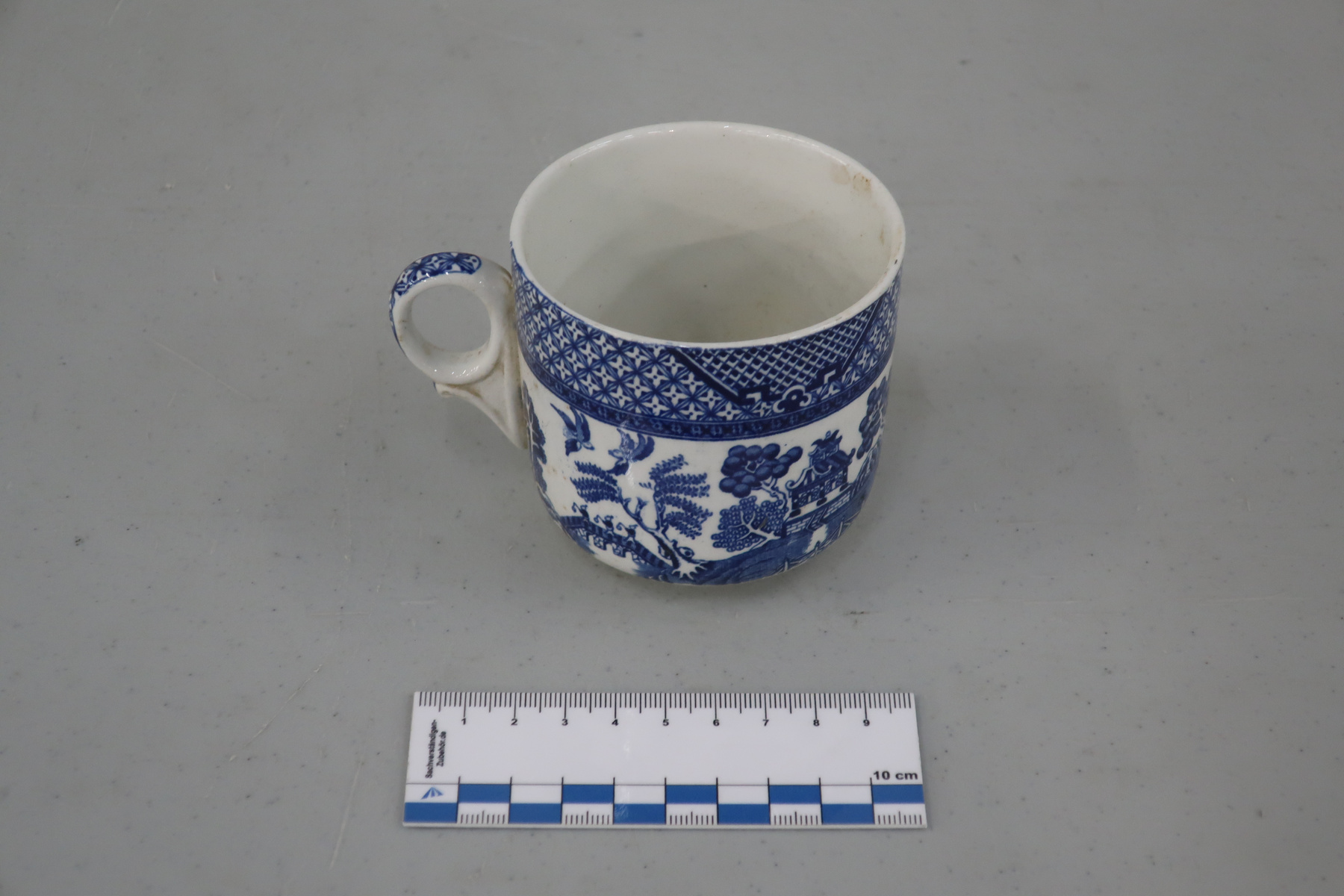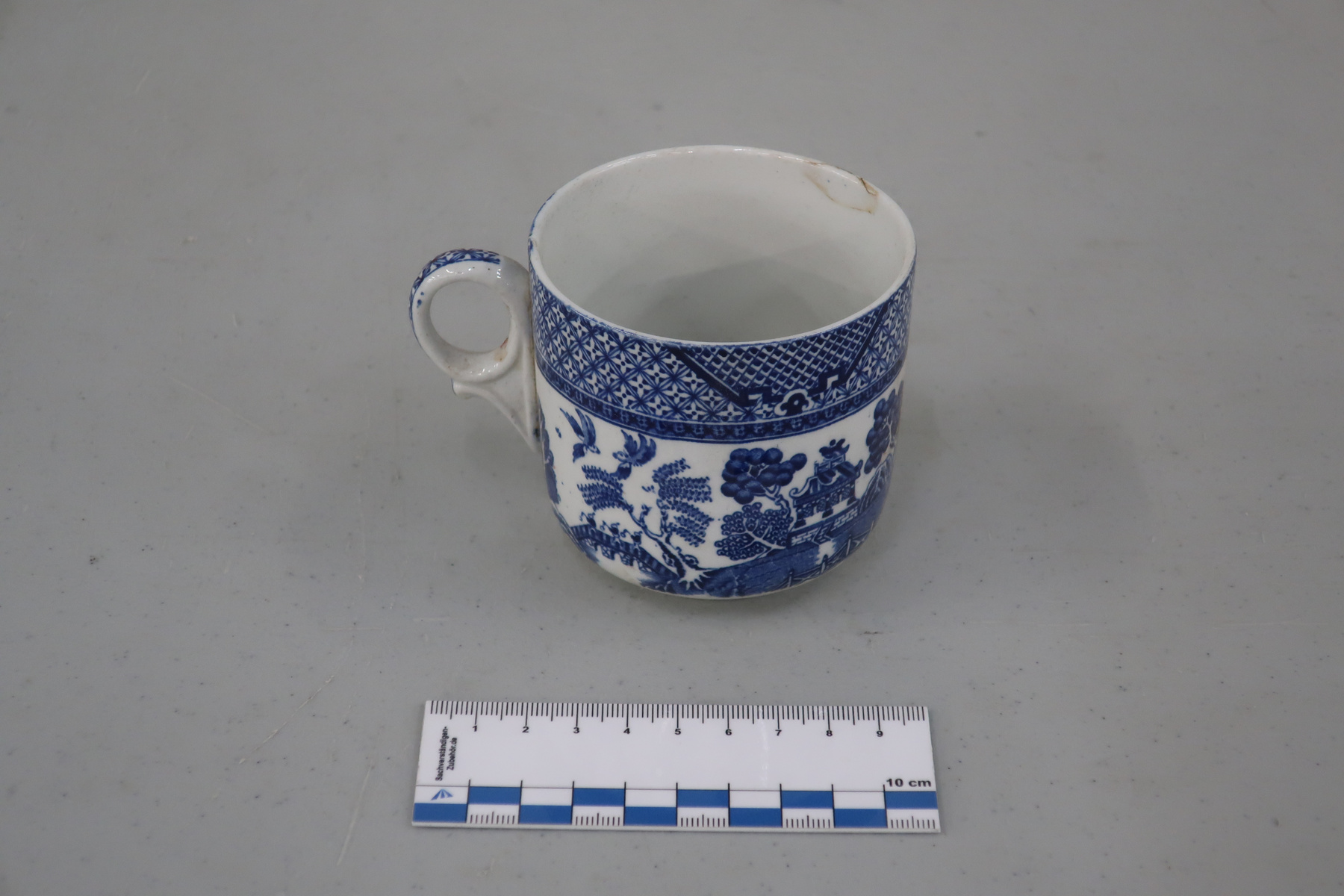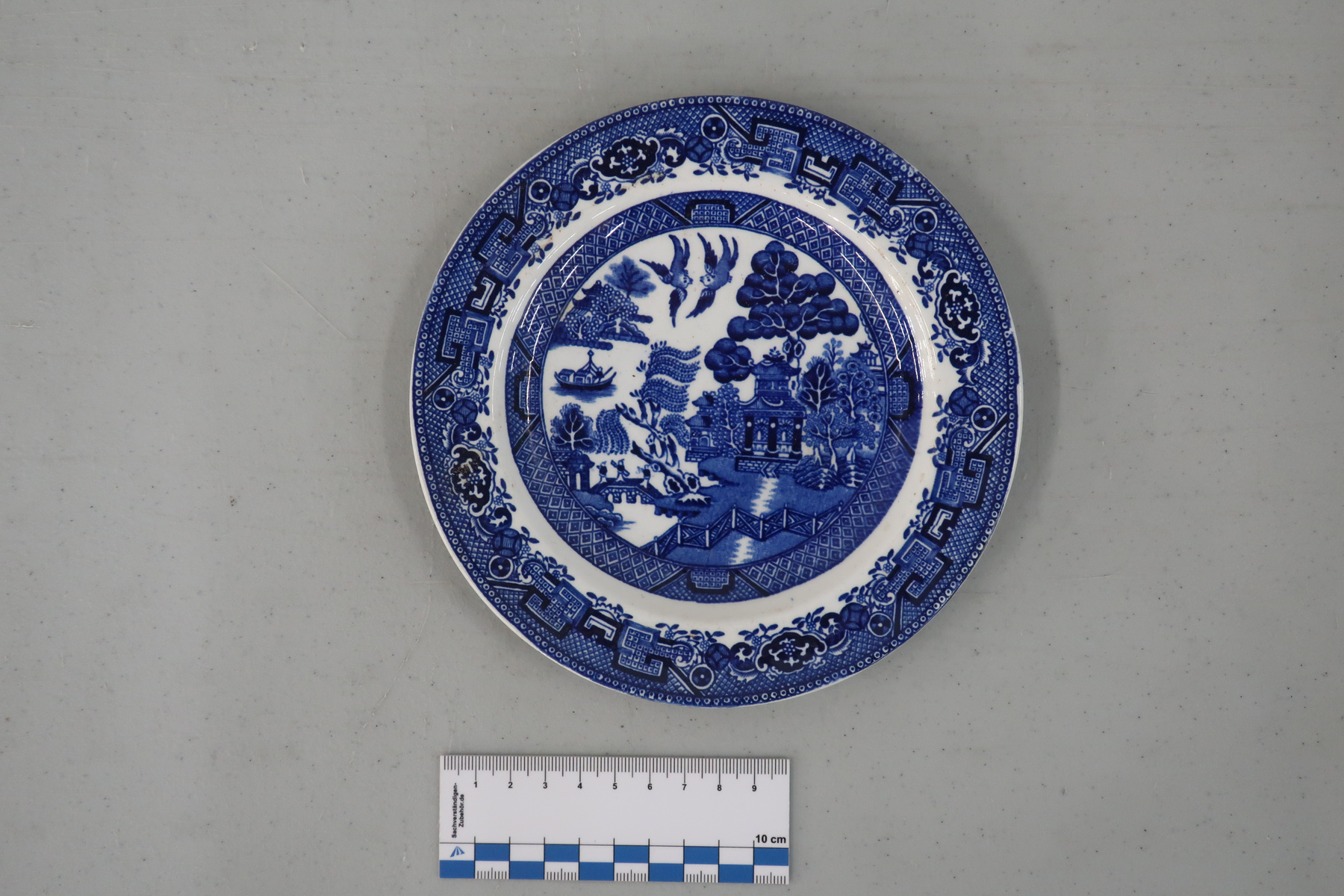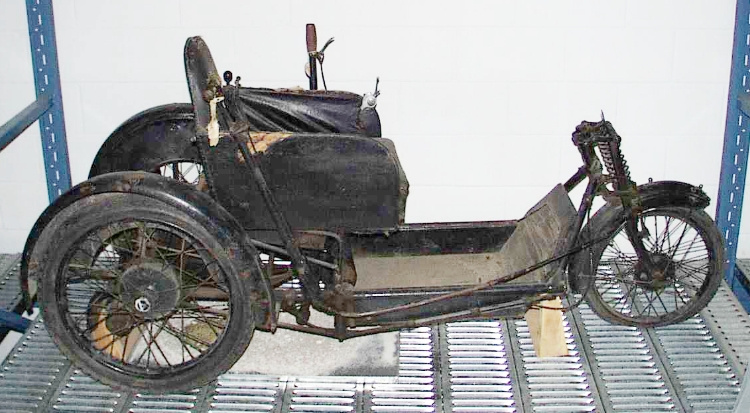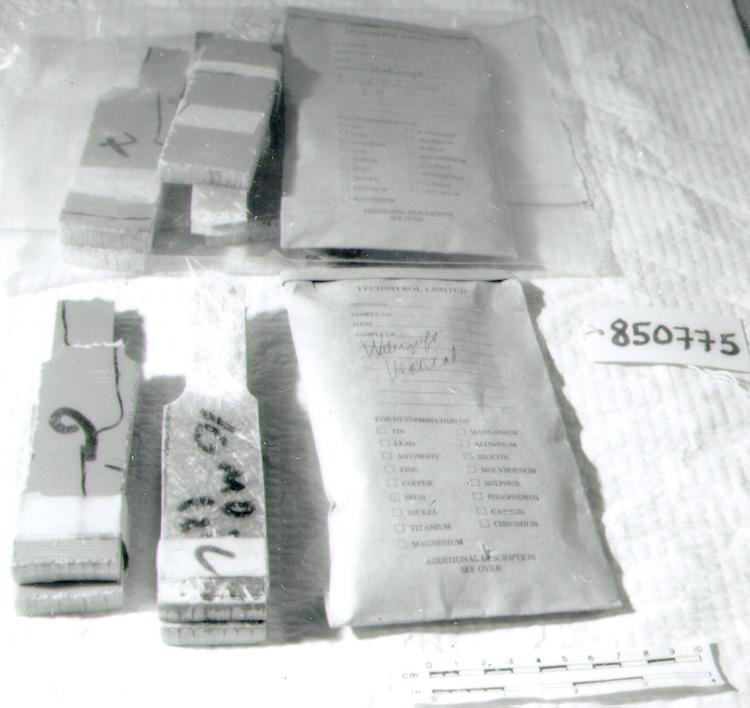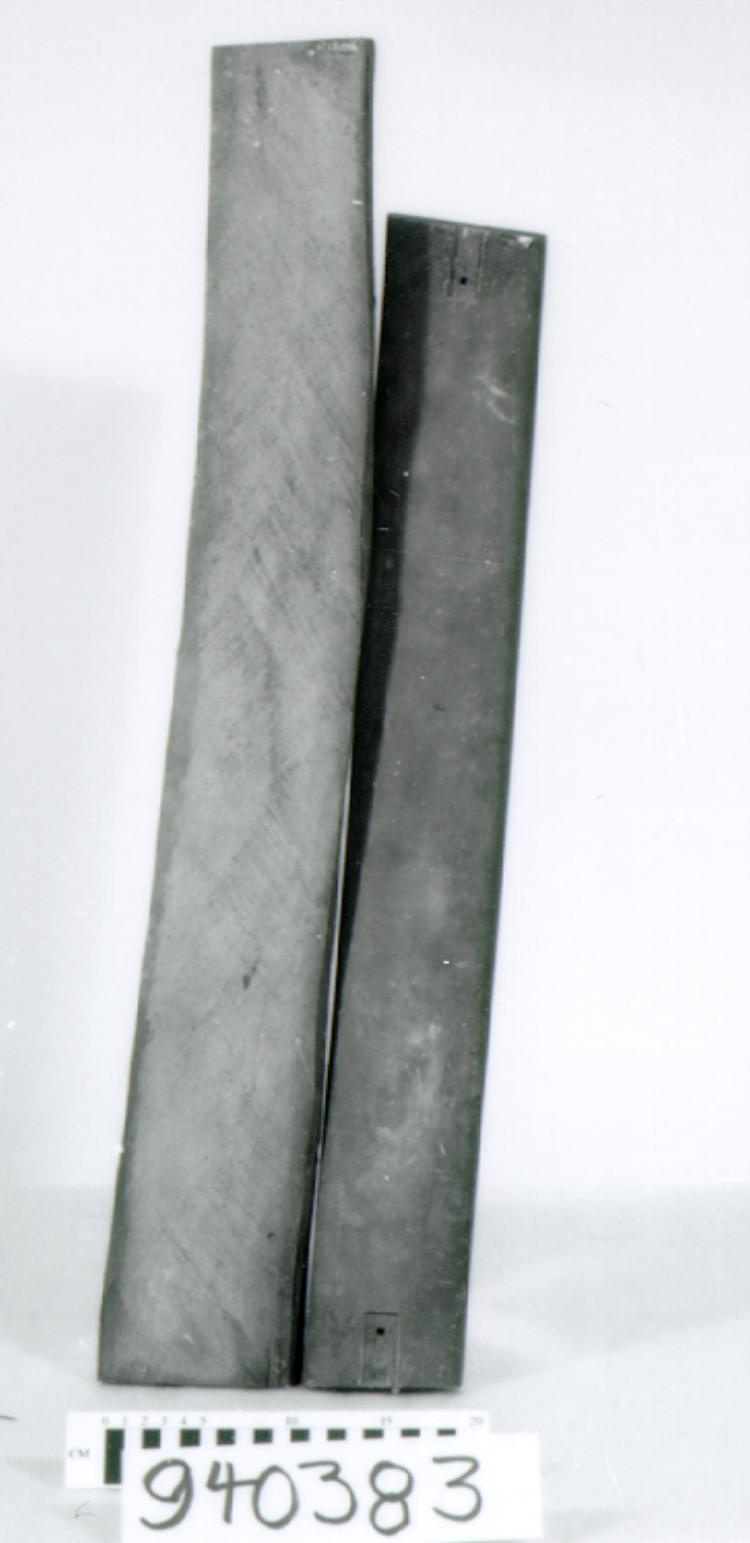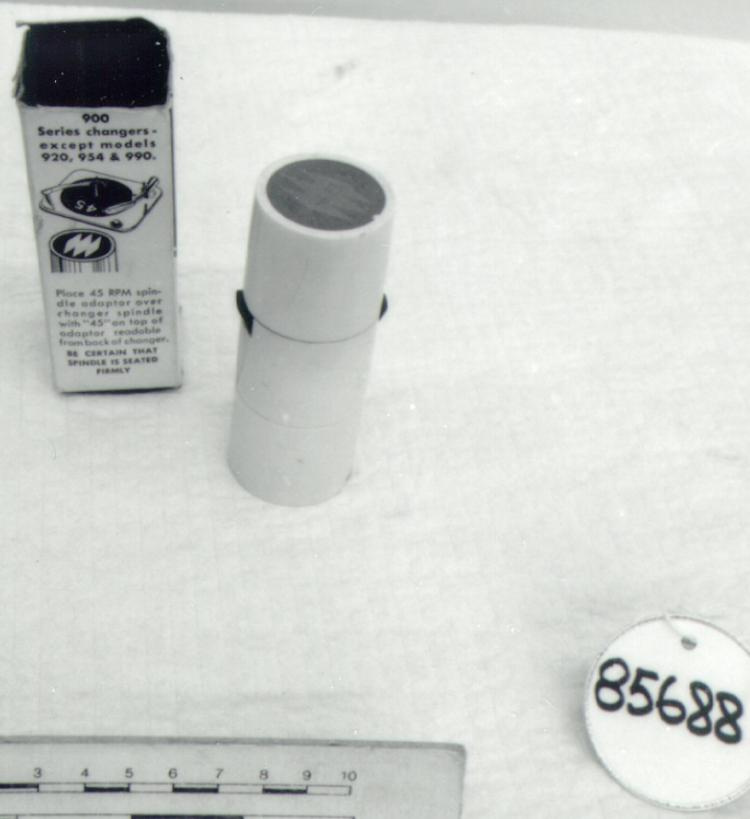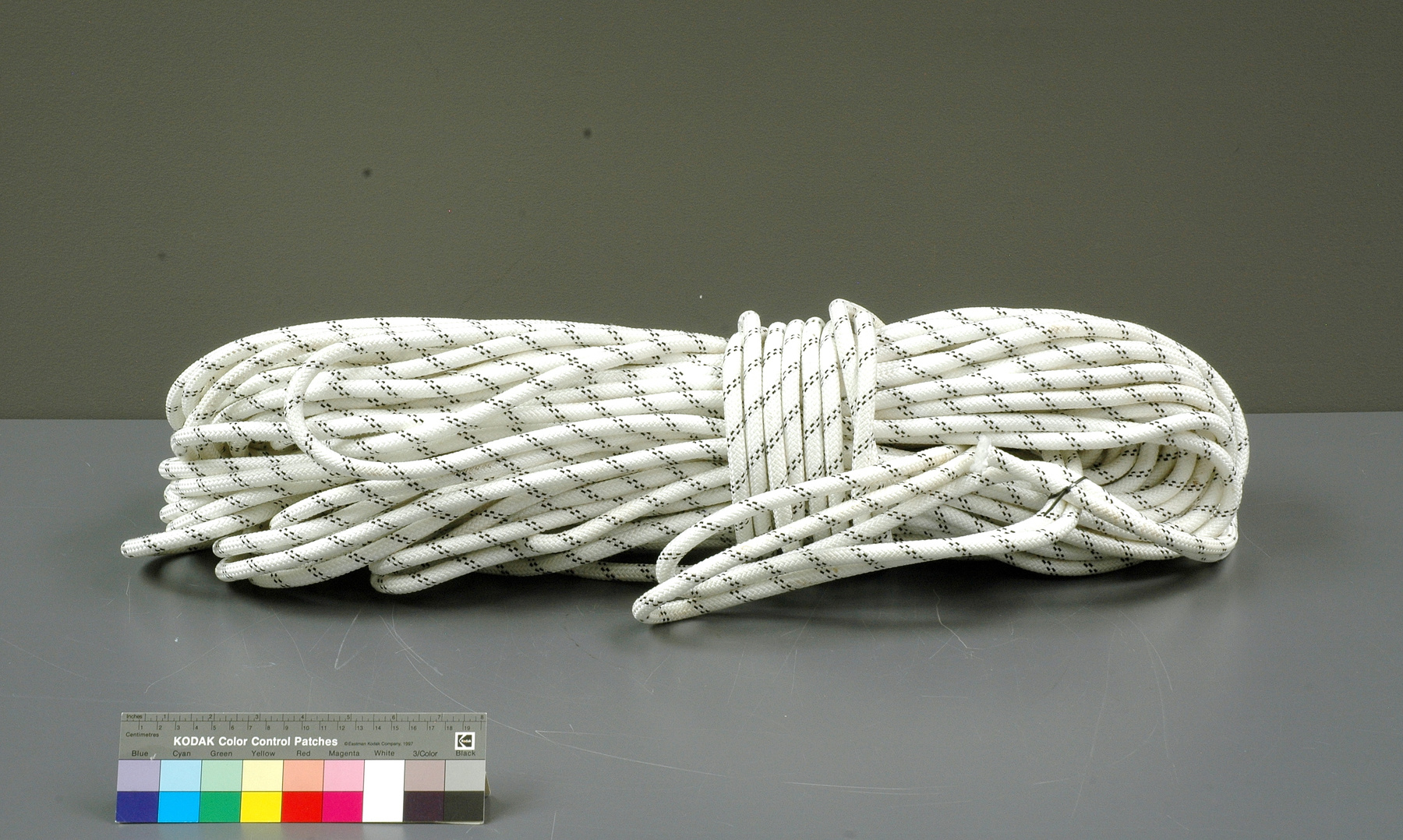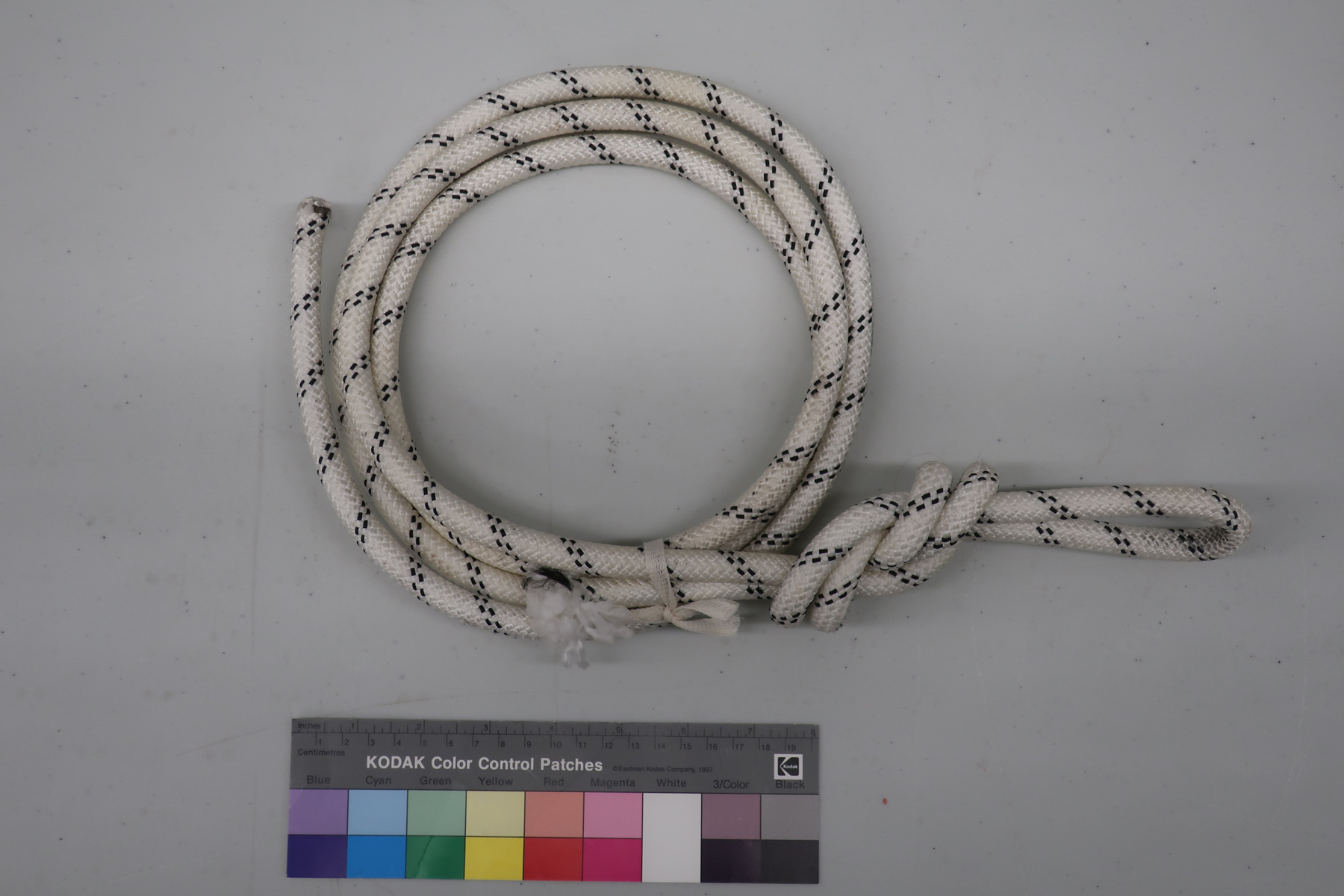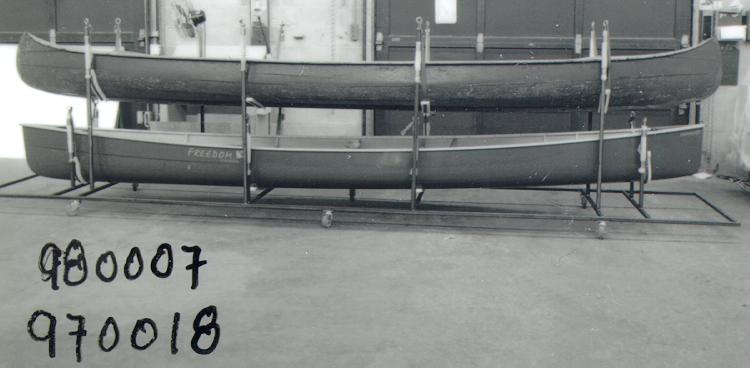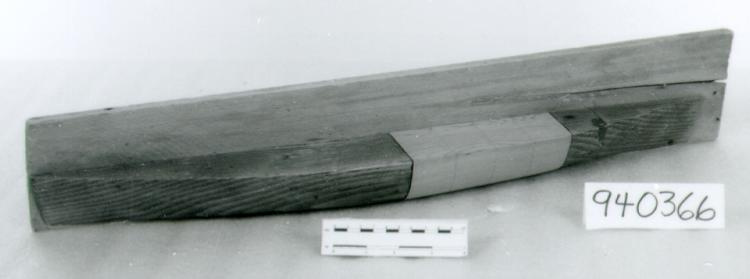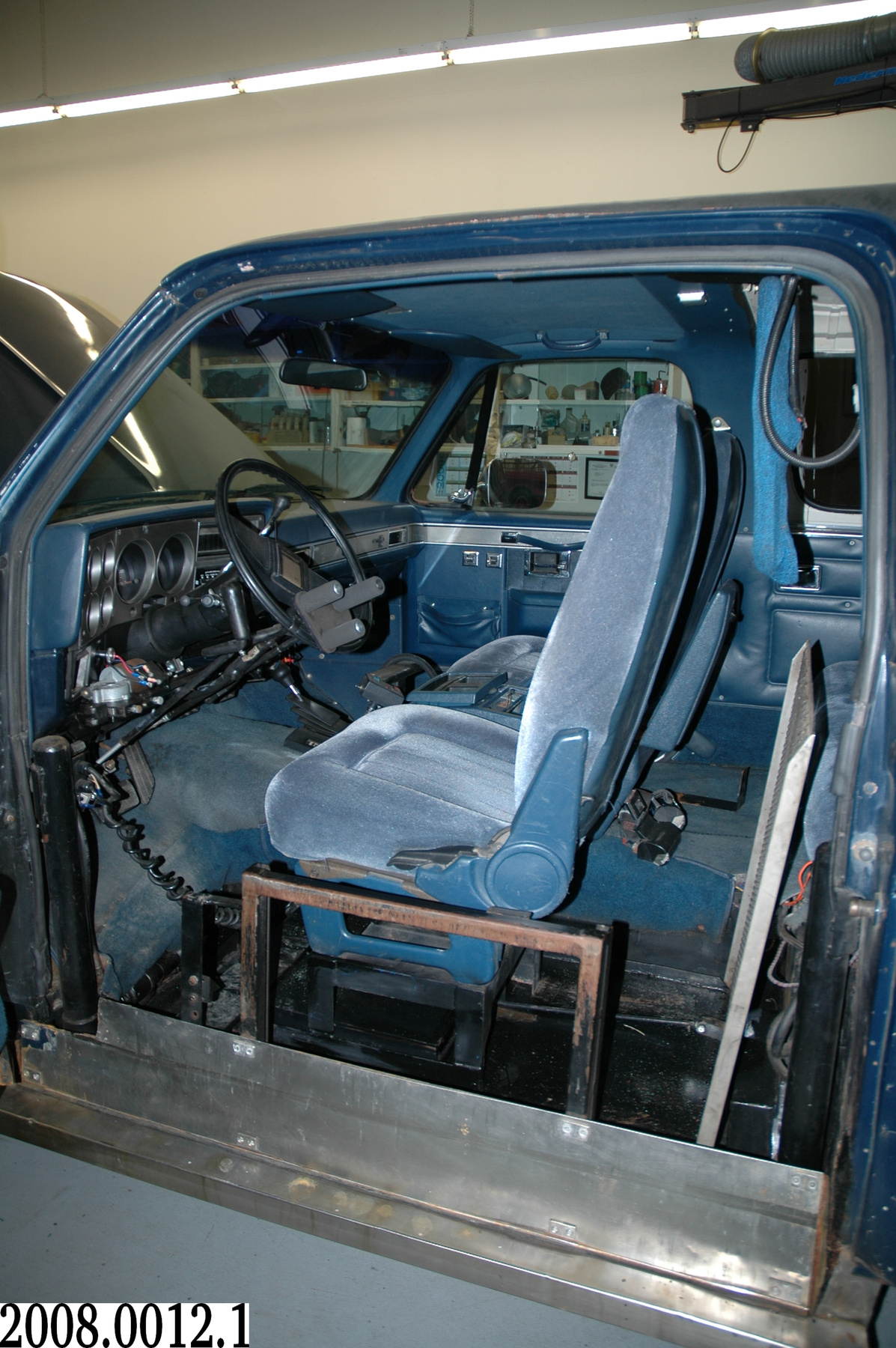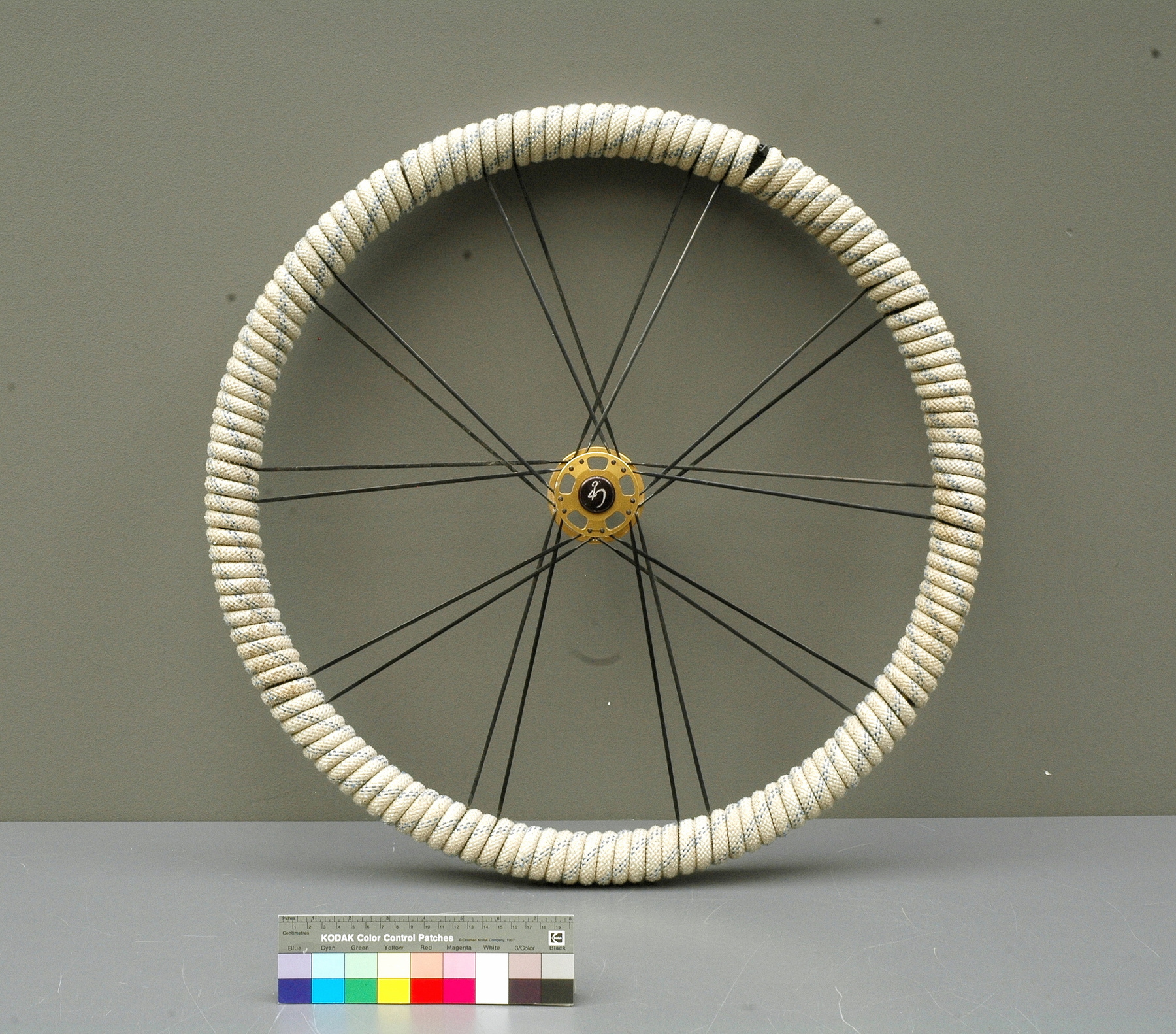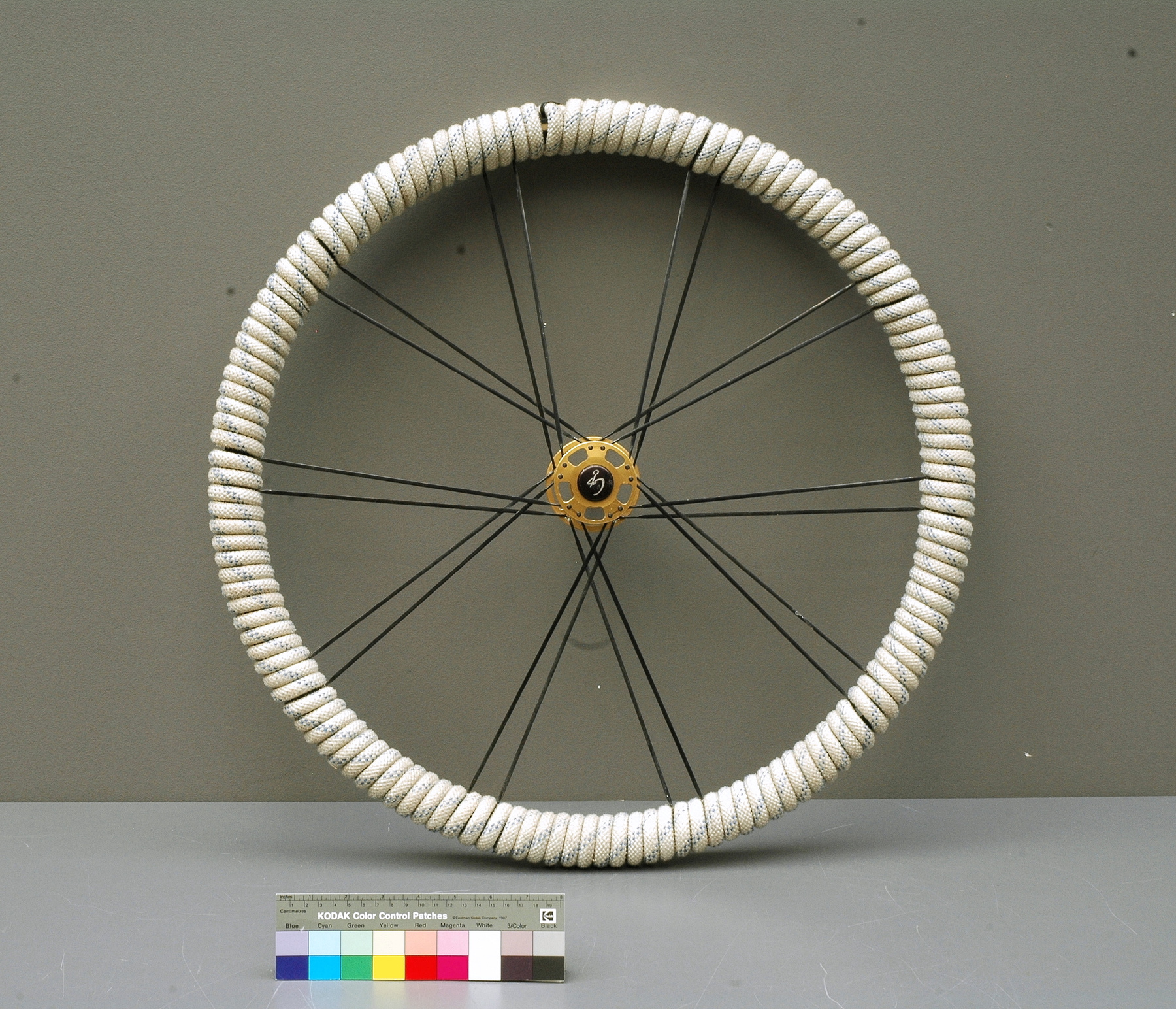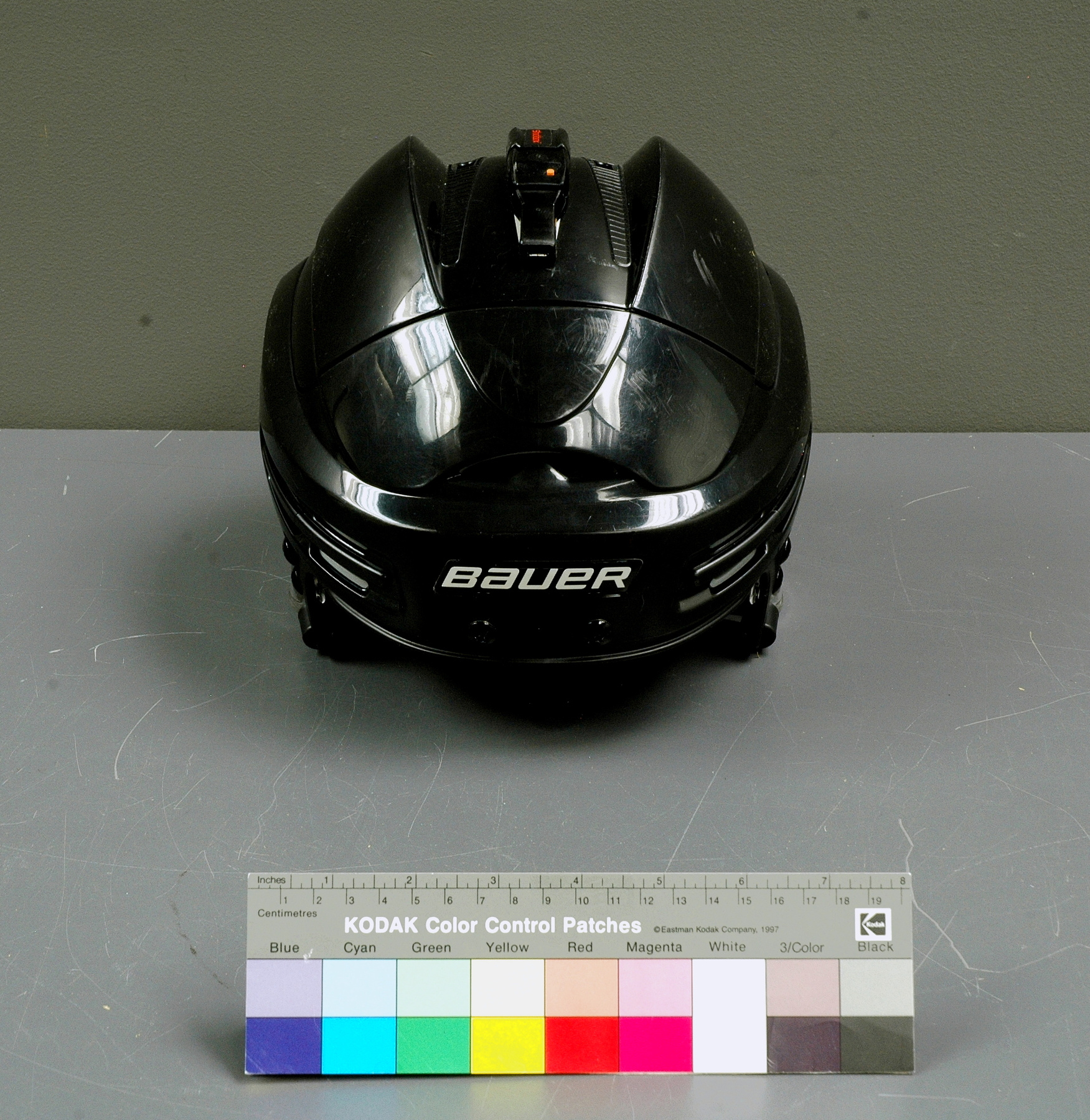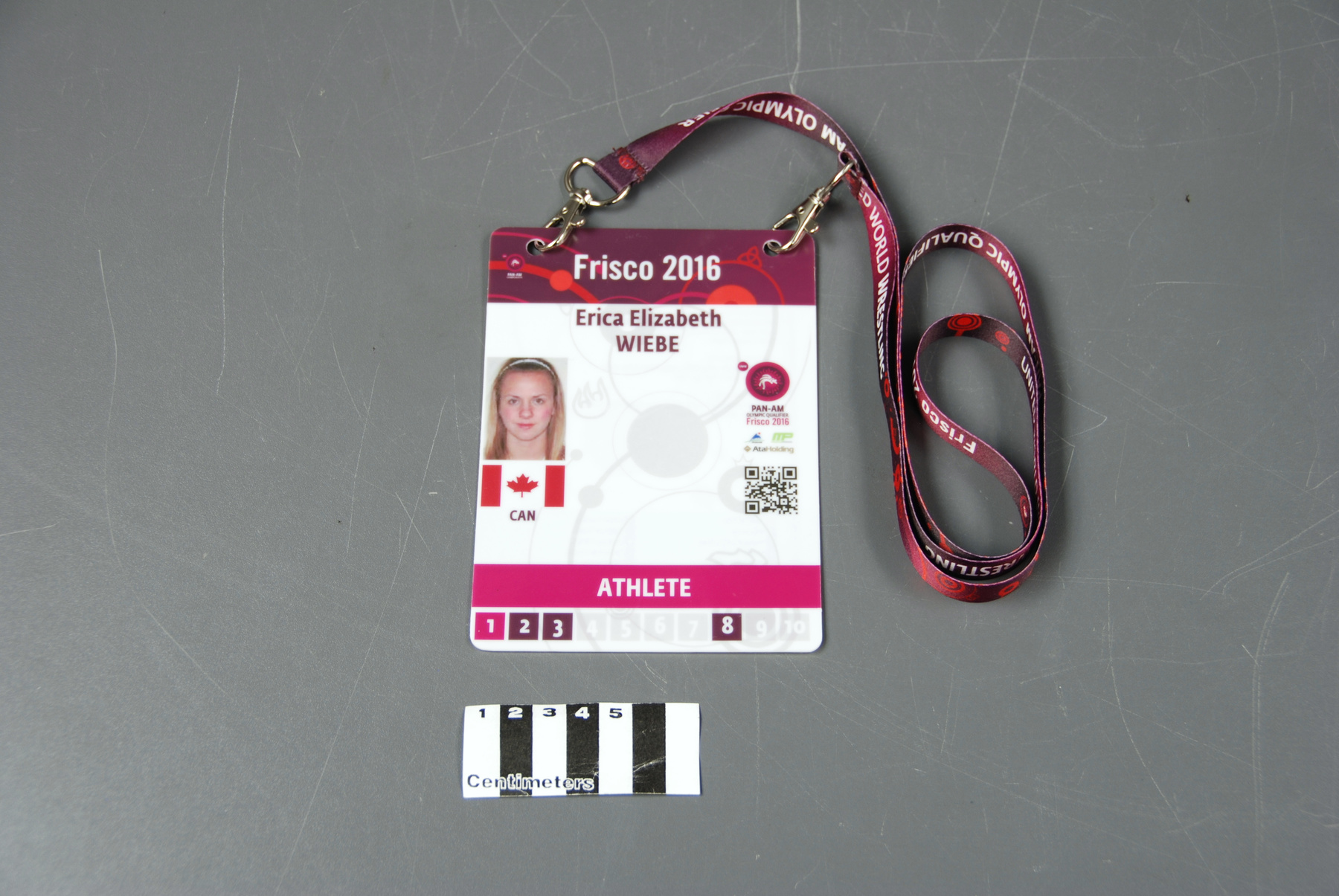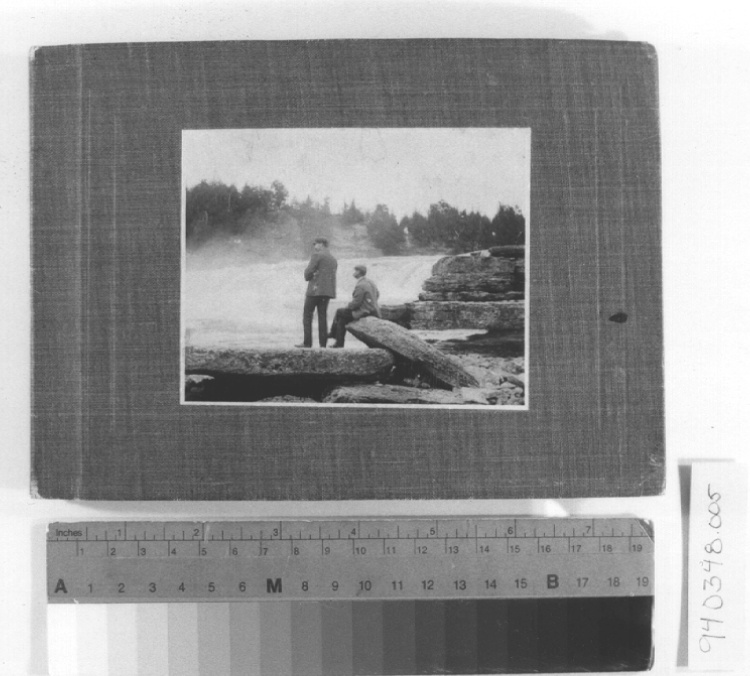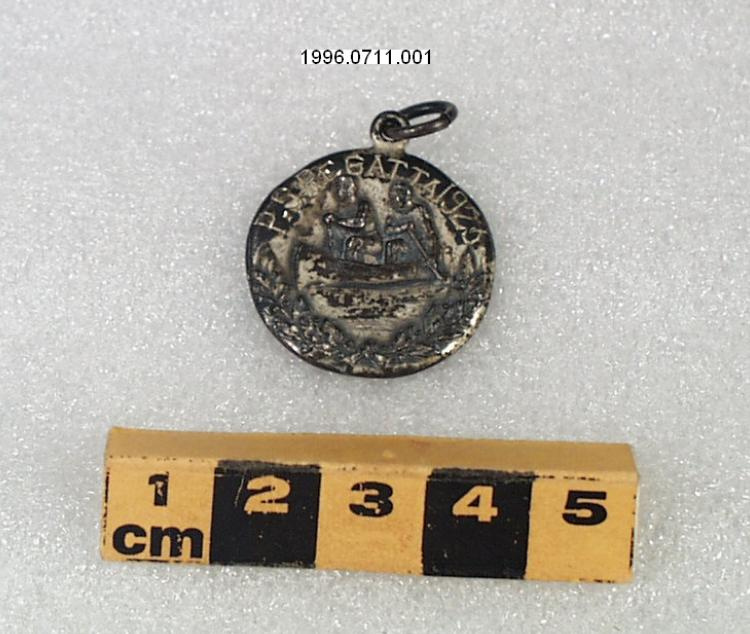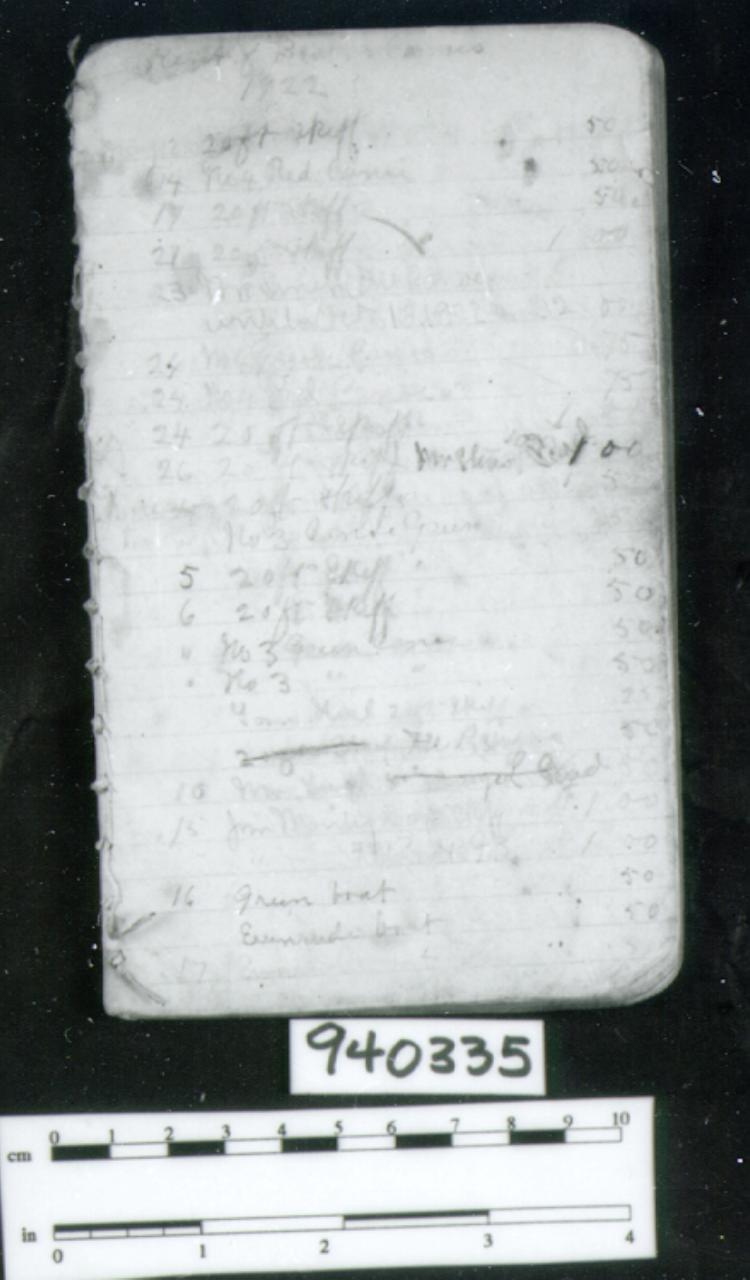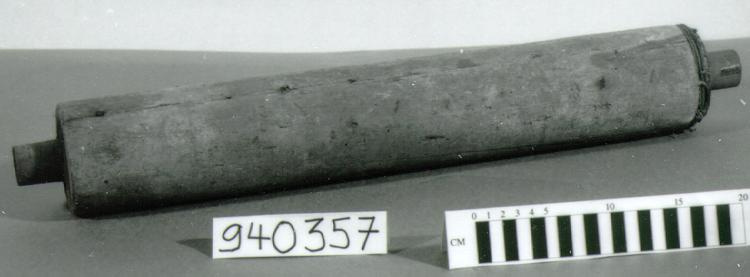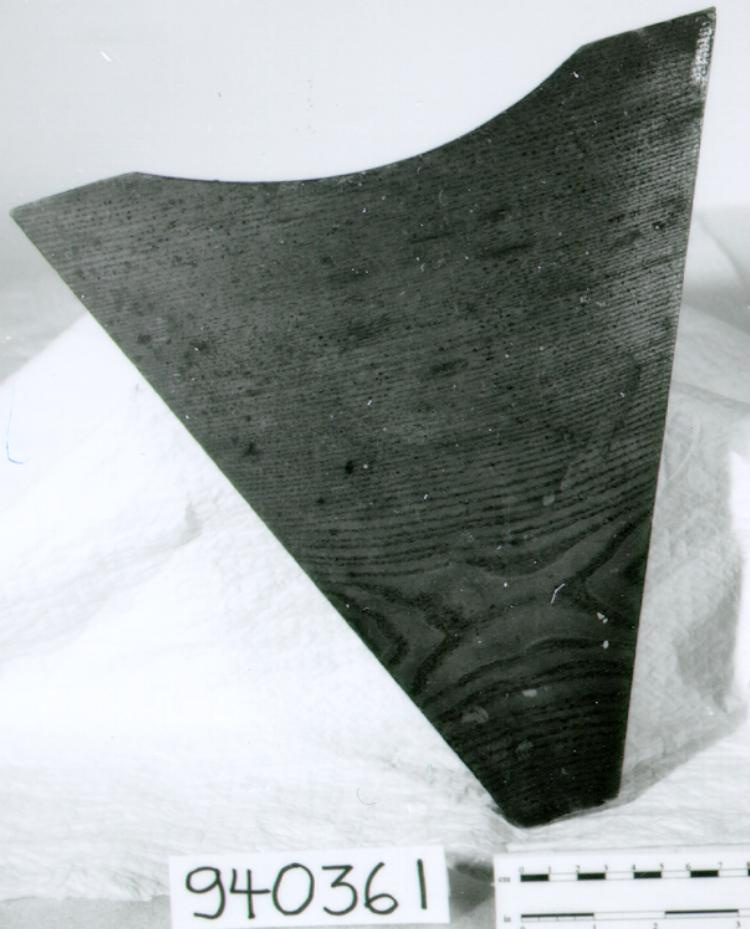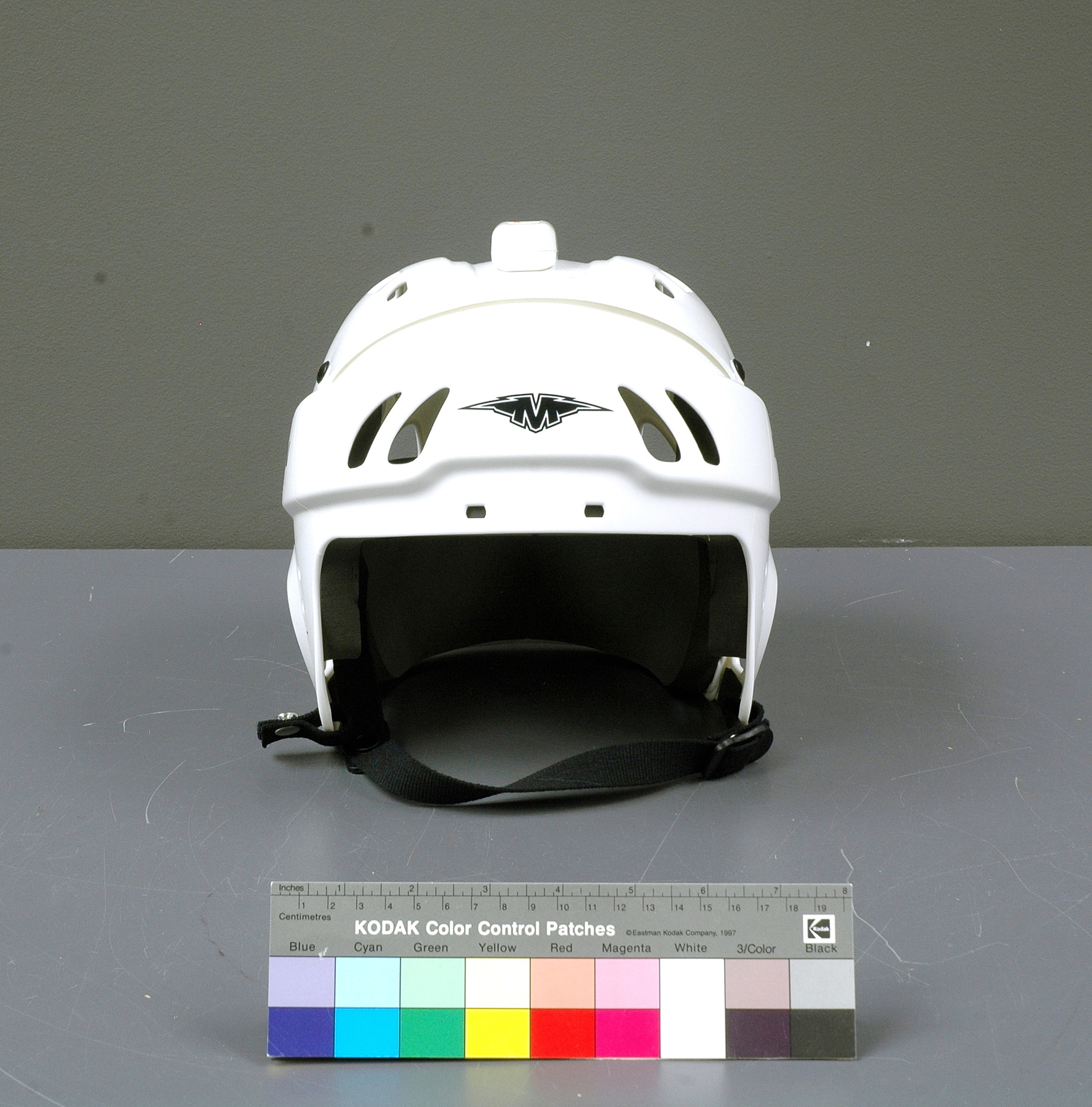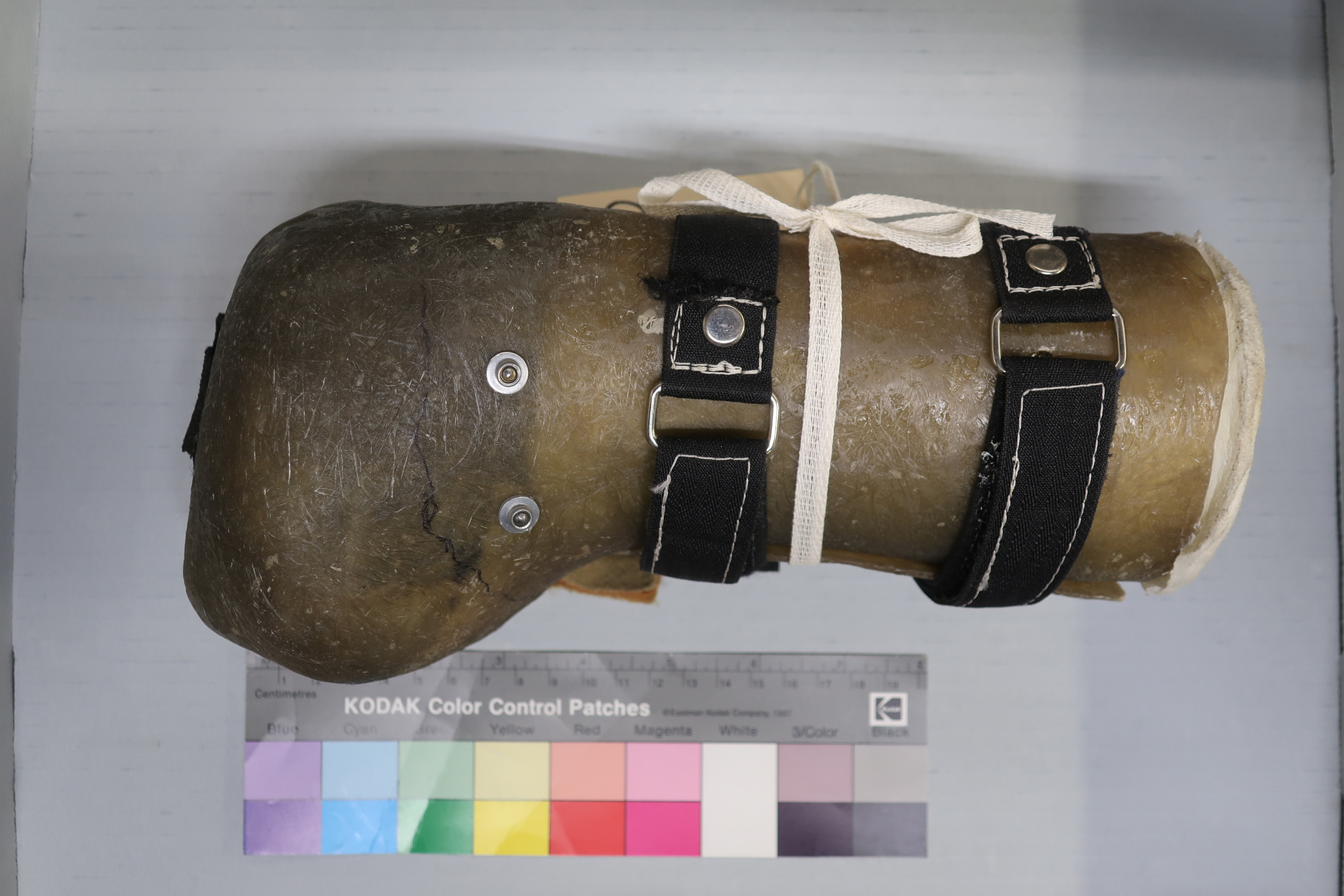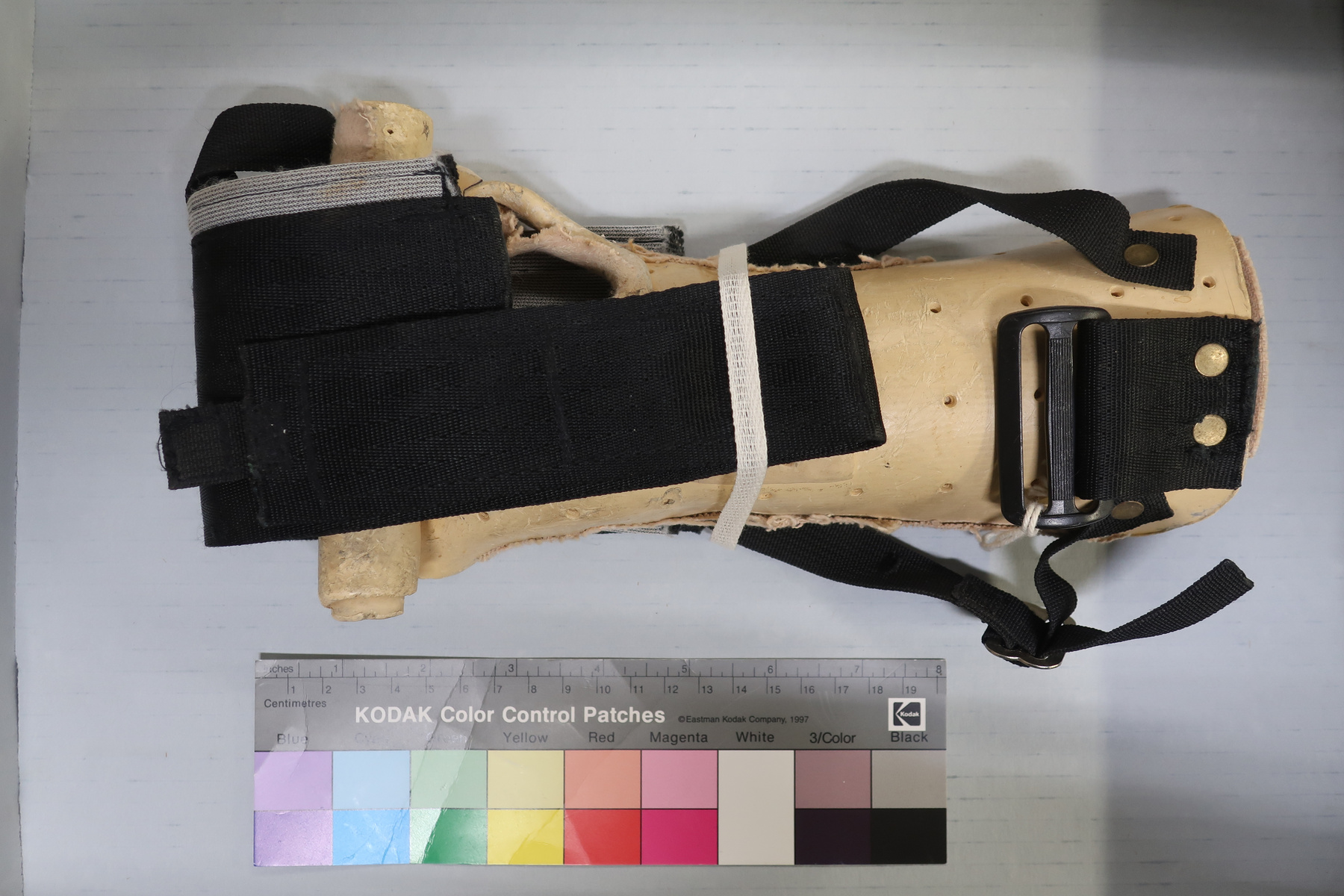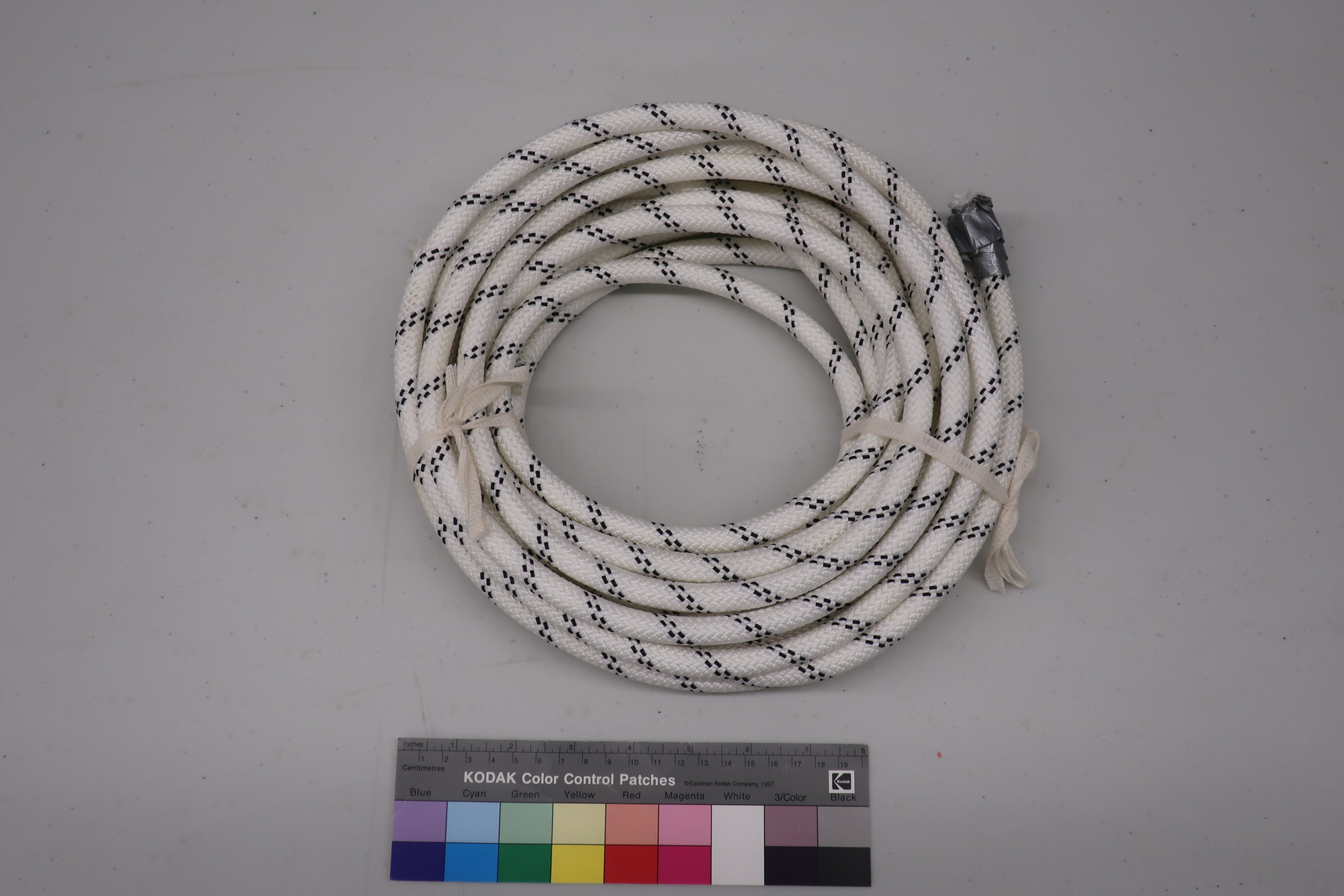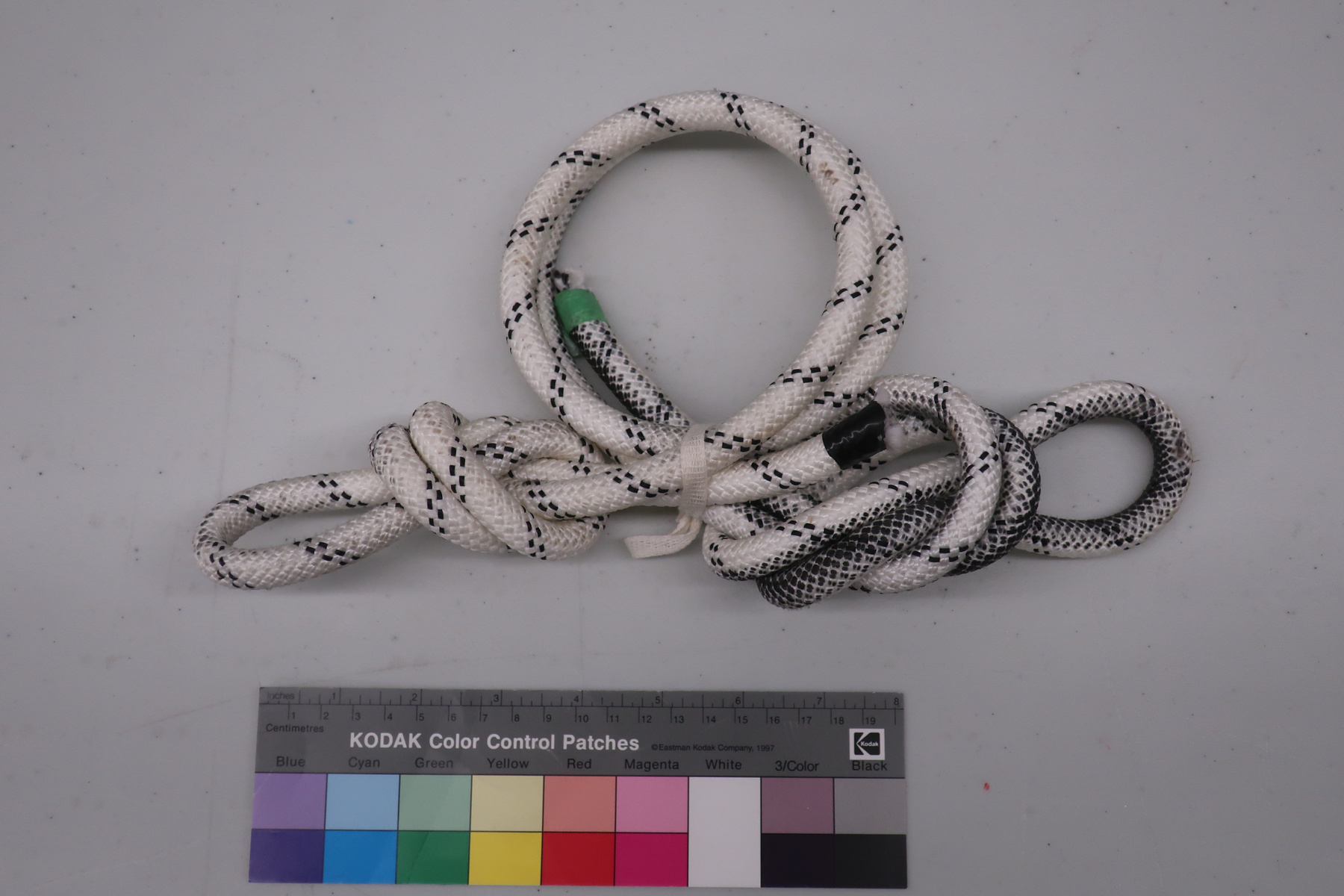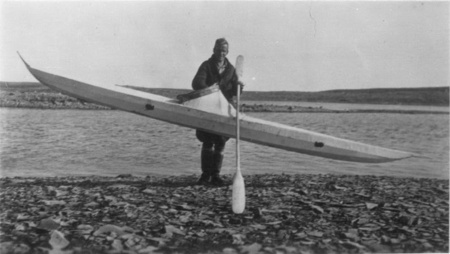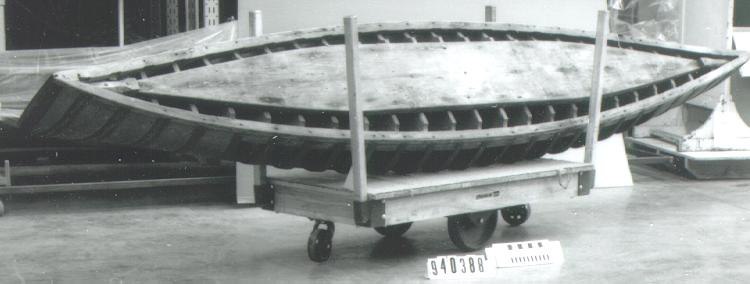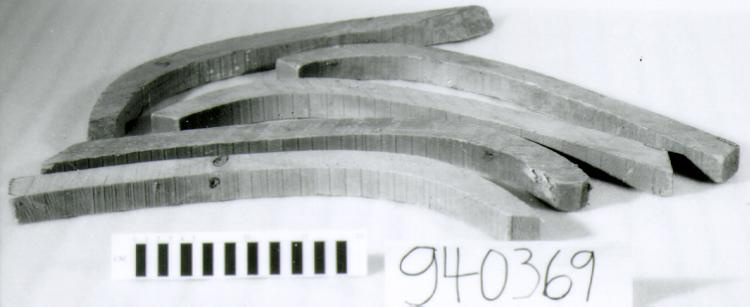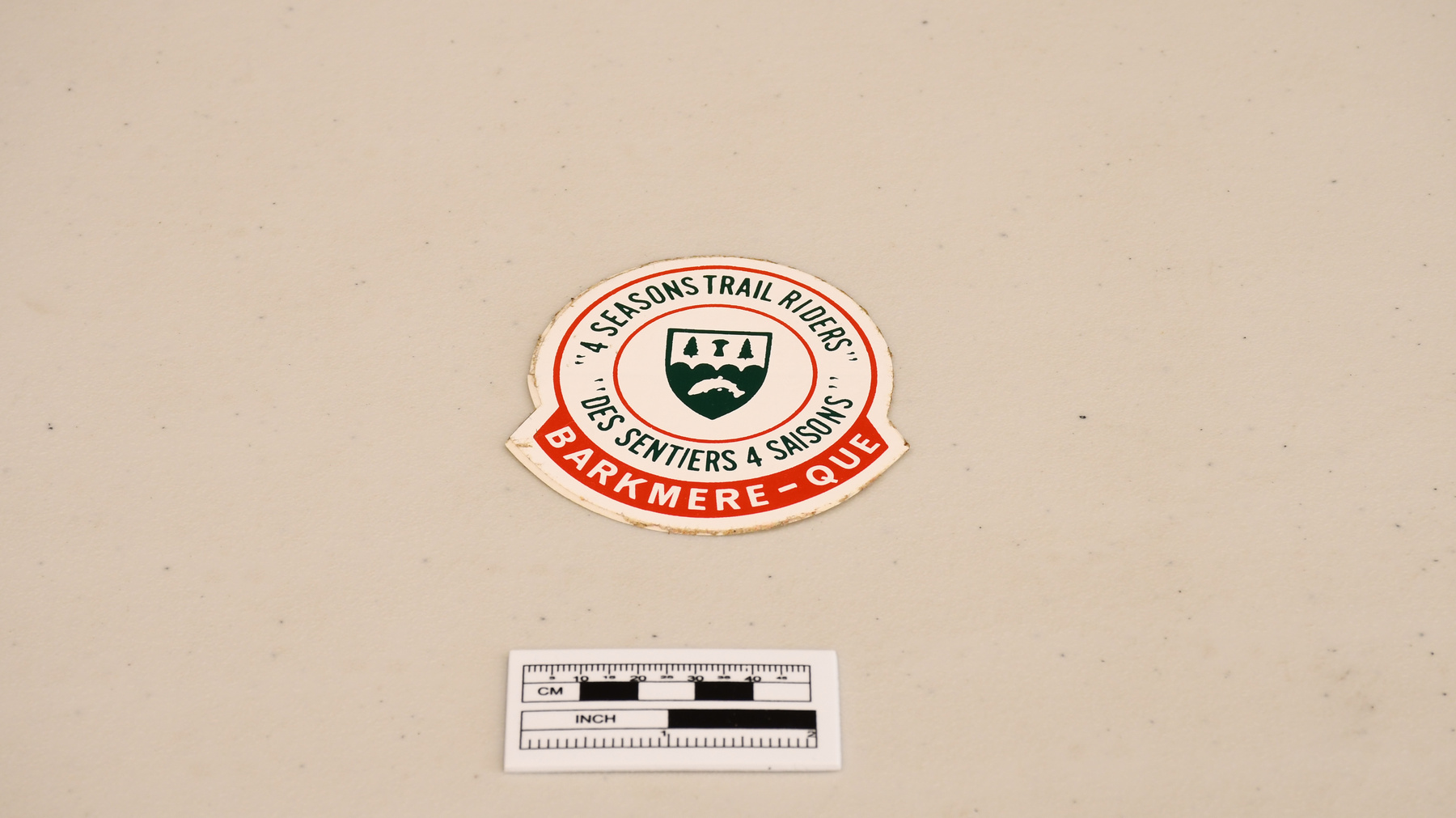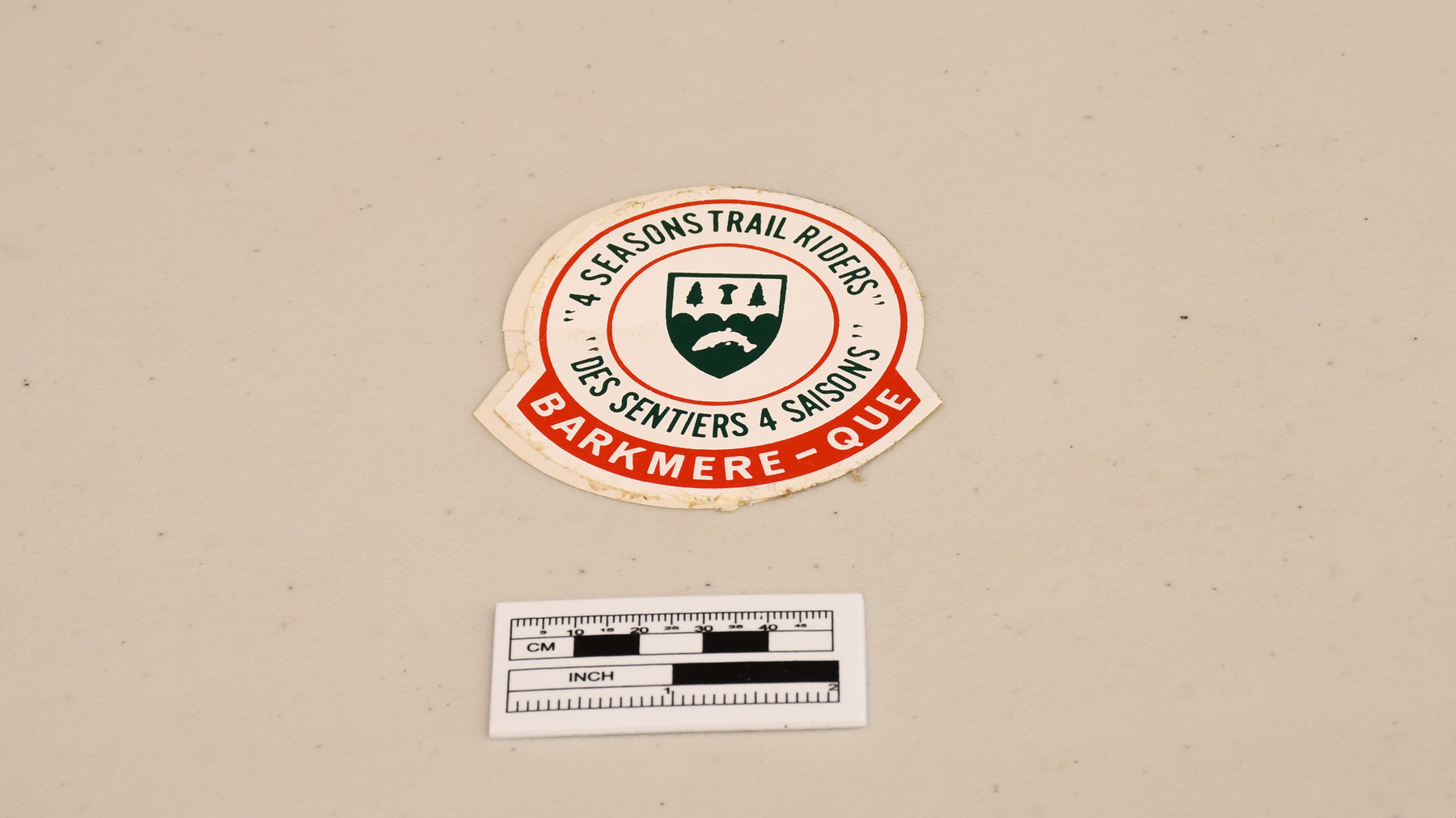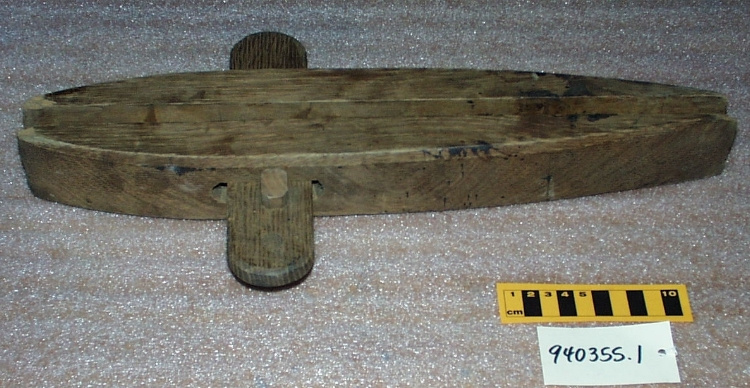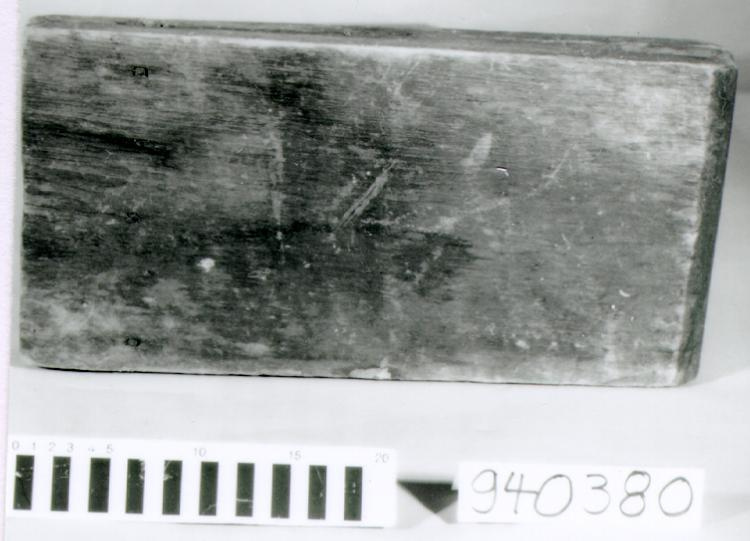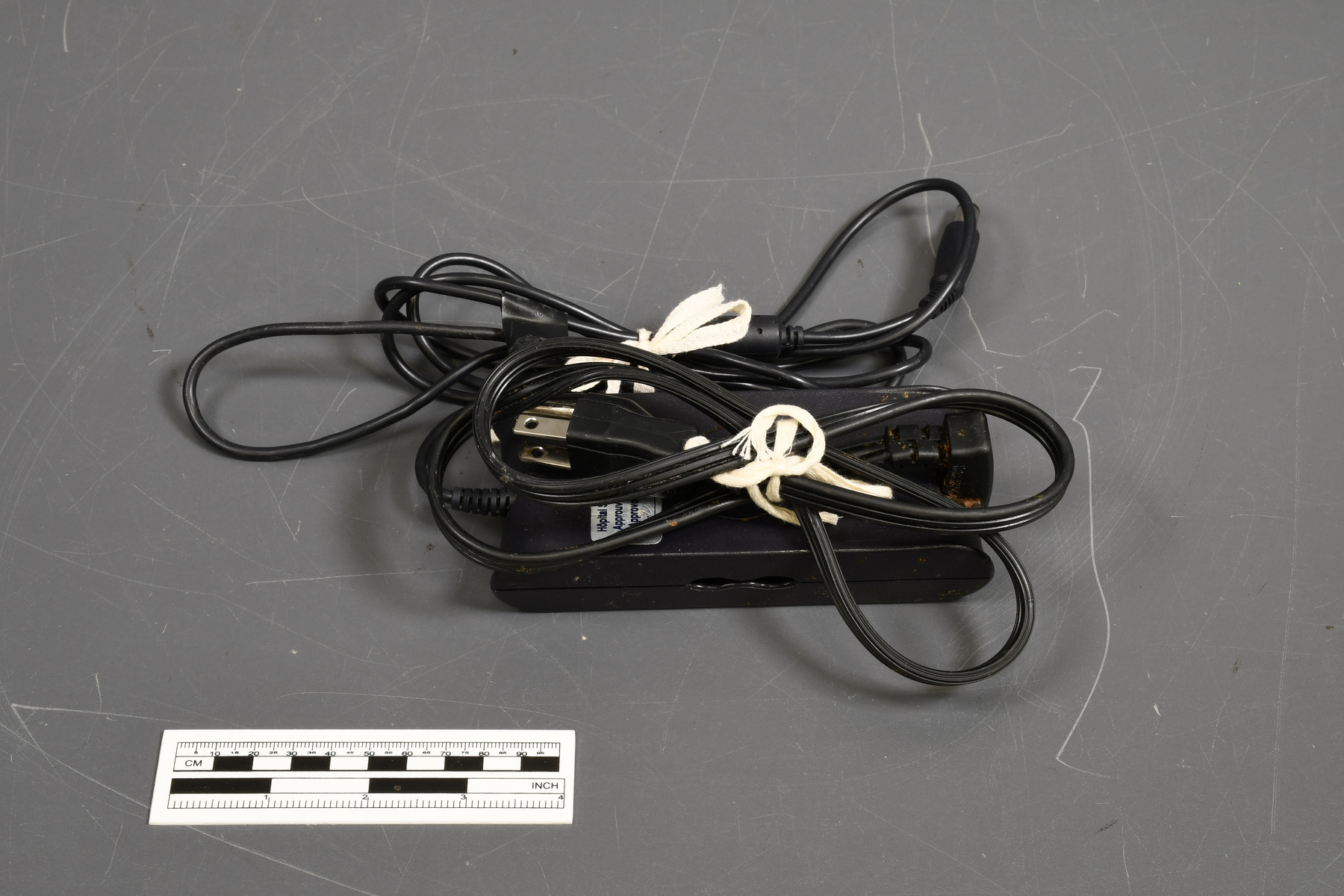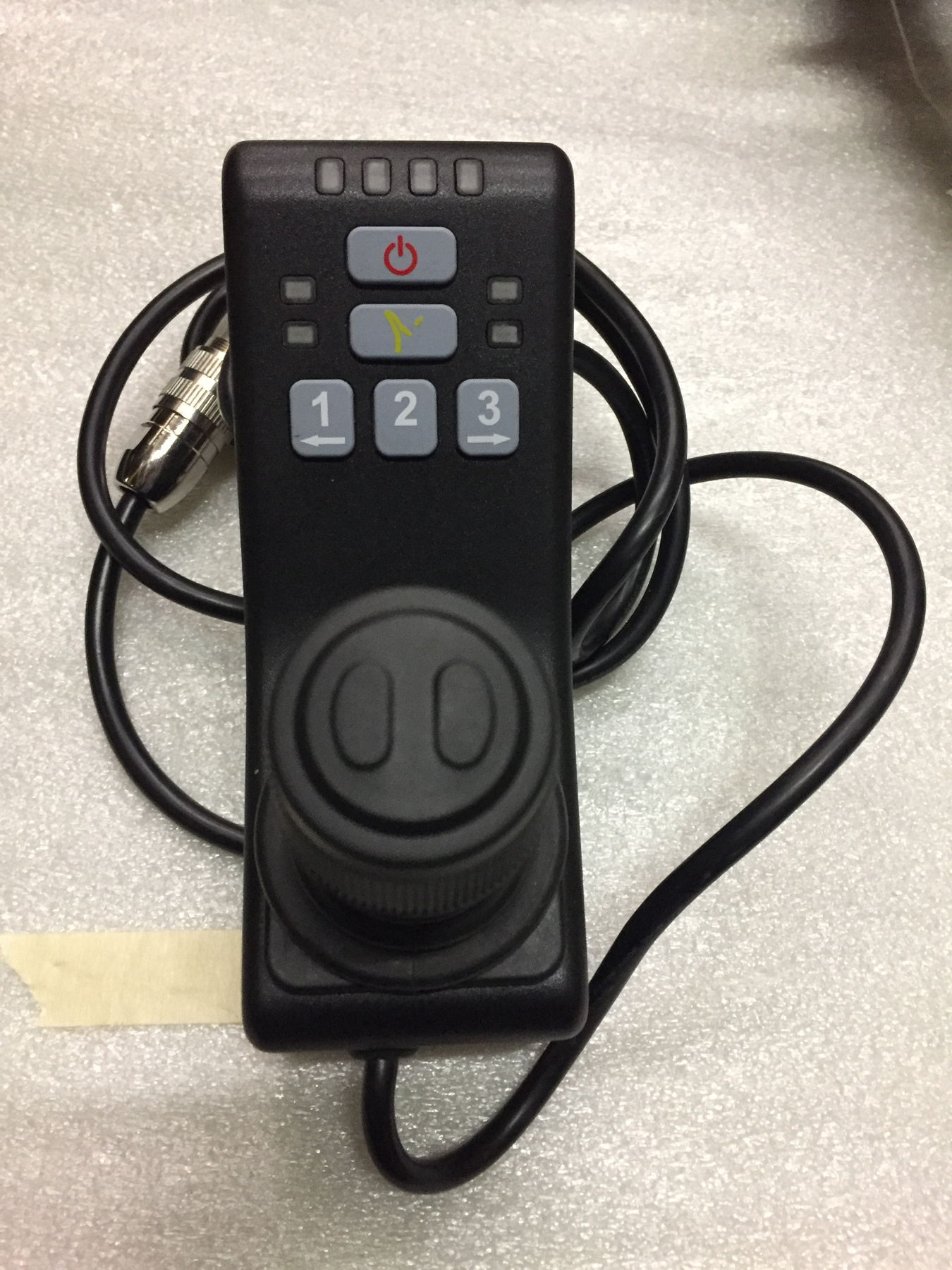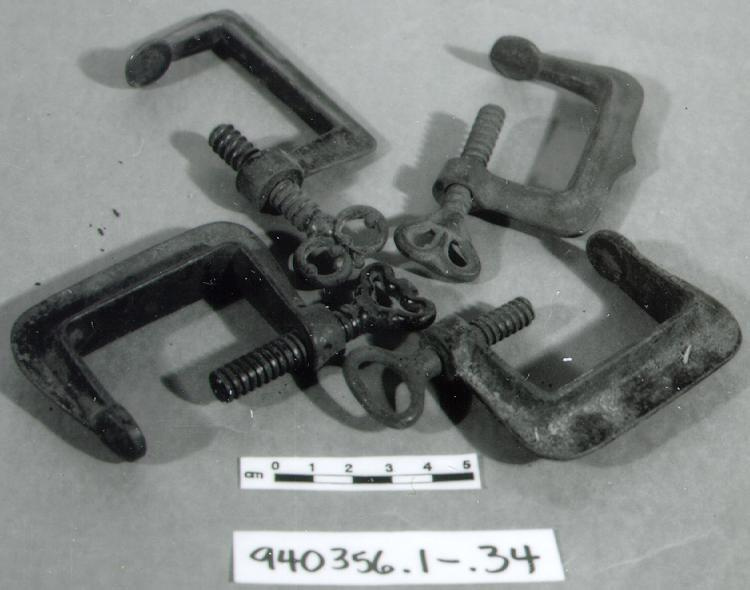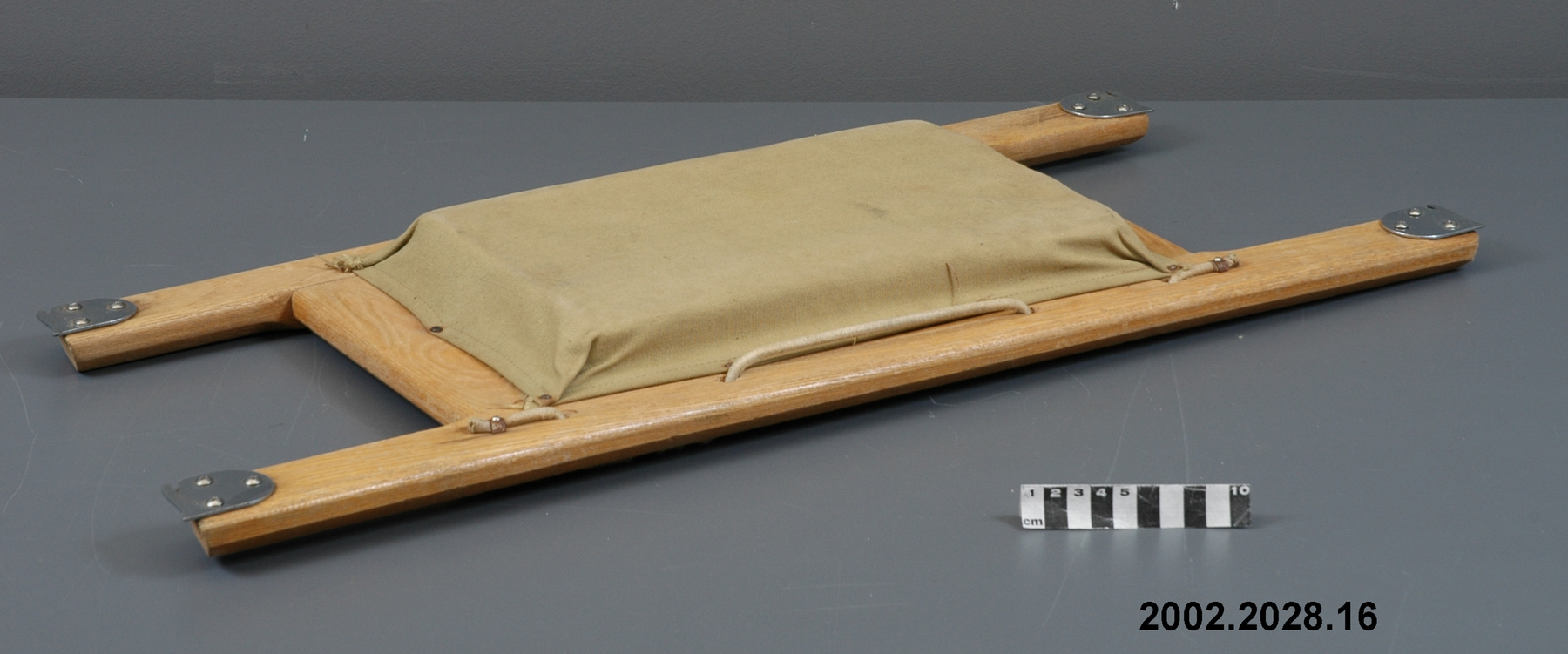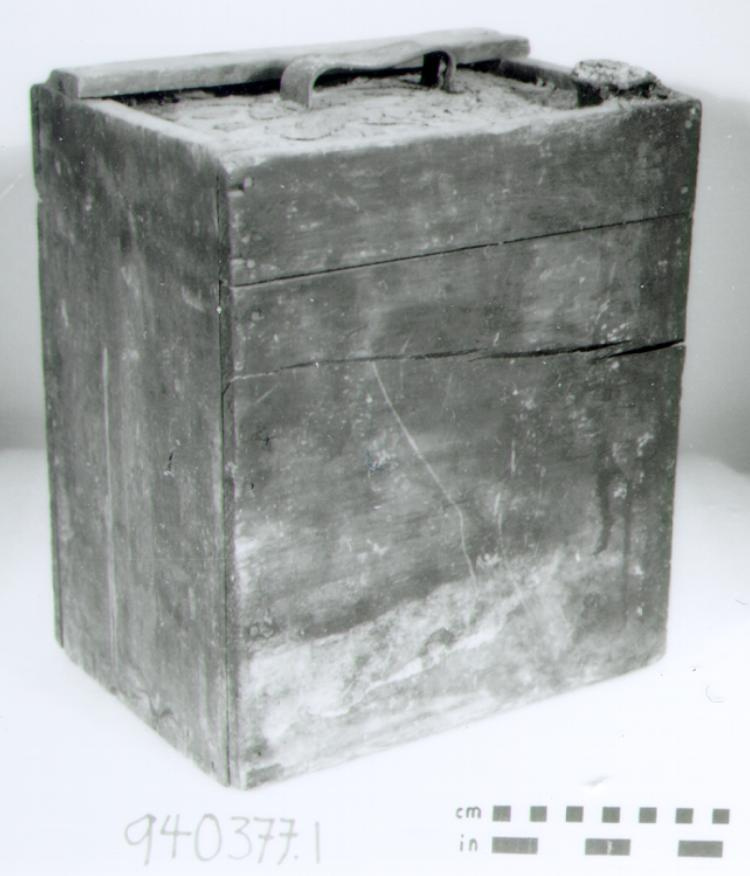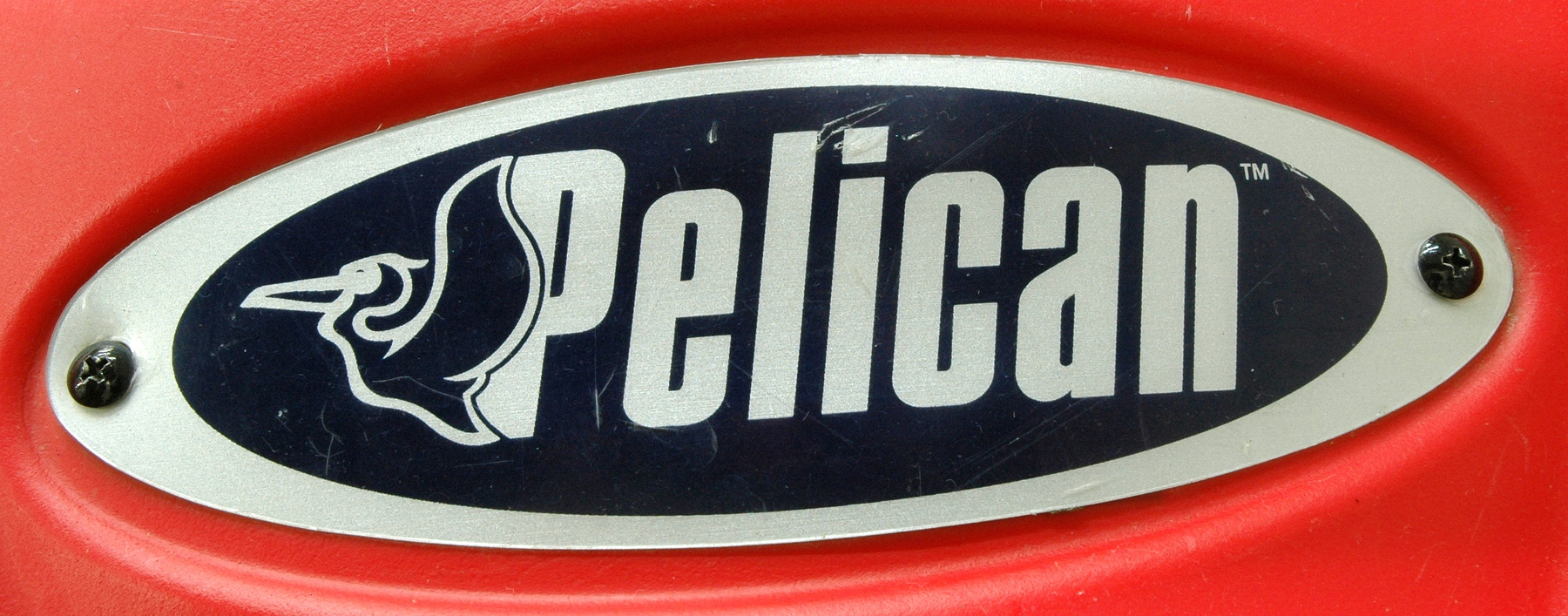Kayak
Utiliser cette image
Puis-je réutiliser cette image sans autorisation? Oui
Les images sur le portail de la collection d’Ingenium ont la licence Creative Commons suivante :
Copyright Ingenium / CC BY-NC-ND (Attribution-NonCommercial 4.0 International (CC BY-NC 4.0)
ATTRIBUER CETTE IMAGE
Ingenium,
2016.0185.001
Permalien:
Ingenium diffuse cette image sous le cadre de licence Creative Commons et encourage son téléchargement et sa réutilisation à des fins non commerciales. Veuillez mentionner Ingenium et citer le numéro de l’artefact.
TÉLÉCHARGER L’IMAGEACHETER CETTE IMAGE
Cette image peut être utilisée gratuitement pour des fins non commerciales.
Pour un usage commercial, veuillez consulter nos frais de reproduction et communiquer avec nous pour acheter l’image.
- TYPE D’OBJET
- open cockpit/assistive
- DATE
- 2007
- NUMÉRO DE L’ARTEFACT
- 2016.0185.001
- FABRICANT
- Inconnu
- MODÈLE
- Sonic 80X
- EMPLACEMENT
- Inconnu
Plus d’information
Renseignements généraux
- Nº de série
- US-ZEP85567C414
- Nº de partie
- 1
- Nombre total de parties
- 1
- Ou
- S/O
- Brevets
- S/O
- Description générale
- Synthetic hull with a metal plate and screws, foam (possible) seat and synthetic straps
Dimensions
Remarque : Cette information reflète la taille générale pour l’entreposage et ne représente pas nécessairement les véritables dimensions de l’objet.
- Longueur
- 236,0 cm
- Largeur
- 31,0 cm
- Hauteur
- 74,0 cm
- Épaisseur
- S/O
- Poids
- S/O
- Diamètre
- S/O
- Volume
- S/O
Lexique
- Groupe
- Transports maritimes
- Catégorie
- Navires
- Sous-catégorie
- S/O
Fabricant
- Ou
- Inconnu
- Pays
- Inconnu
- État/province
- Inconnu
- Ville
- Inconnu
Contexte
- Pays
- Canada
- État/province
- Ontario
- Période
- ca. 2007-2016
- Canada
-
Kayaks were initially developed by the Inuit and other Indigenous peoples to travel and hunt the inland lakes, rivers and coastal waters of the subarctic. Initially, kayaks were constructed from stitched animal skins stretched over a wood or whalebone-skeleton frame. While kayaks designs are usually lightweight and maneuverable, different types were developed, each adapted to specific needs, environmental conditions and cultures. While still in widespread use in the north, the kayak has been mostly superseded as a working boat by various motorized transportation technologies. The success of the kayak as a light and maneuverable watercraft has led it to be adopted in warmer climates. From oceans and lakes, to rivers and rapids, kayaks are now used all over the world in recreational and competitive contexts. The adaptability of the design has made it possible to create a variety of kayak types, each suited to different environmental conditions and specific sports. Canoe Kayak Canada was founded in 1900 as the Canadian Canoe Association. Apart from administering competitive programs at the national level, the organization promotes and provides resources to club and paddling associations to encourage the development of the sport. Canoe Kayak Canada introduced the PaddleAll program in 2007 to assist people with disabilities to participate in the sport of Canoe Kayak. The program pairs volunteers and people with disabilities, both physical and intellectual, and is operated on both a recreational and competitive levels. The program includes safety orientation and technical instruction by experienced coaches, with each paddler being paired with an experienced partner for 1:1 support. PaddleAll programs have been successful throughout the country, and has helped Canada play a leadership role in the development the sport worldwide. Canada was a key contributor in getting the sport of Paracanoe included in the 2016 Rio Paralympic Games. Two Canadian athletes, five-time Paracanoe World Champion Christine Gauthier and 19-year-old Erica Scarff, will take part in the event. On a more local note, the Ottawa River Canoe Club has participated in PaddleAll since its inception, being one of the first five clubs in Canada to offer the program in 2007. PaddleAll sessions run from July to August and are usually held on Monday evenings for people with intellectual disabilities and Wednesday evenings for people with physical disabilities. While the club does not have a competitive program, its recreational program has been very well received, even though the non-profit paddling organization is still not fully accessible. The club offers both kayaking and canoeing, with a variety of boats to suits people’s needs and abilities. The Sonic 80X kayak has been in use since 2007 to introduce participants to the sport and the basics of kayaking. (From Acquisition Proposal, see Ref. 1) - Fonction
-
Used as means of personal transportation over the surface of water. This model provides a more stable design suitable for beginners. - Technique
-
Pelican International specializes in the design and manufacture of kayaks, canoes, pedal boats and fishing boats. The company uses Twin Sheet Thermoforming technology, which, according to them, produces a stiffer, stronger, lighter product. The Sonic 80X kayak is manufactured out of RAM-XS, a multi-layer high-density polyethylene, or fancy plastic, designed for high impact-resistance and outstanding longevity. While RAM-XS is known for its rigidity, it is also has the ability to regain its initial shape after violent impacts, a key feature considering the environment canoes and kayaks sometimes operate in. The Sonic 80X kayak’s hull is also UV-protected, which contributes to the product’s longevity and superior safety. Many features that beginner-level kayakers appreciate have made the Sonic 80X a key part of the Ottawa River Canoe Club’s PaddleAll program. For starters, its sit-on-top design makes it easier for people with disabilities to get on, because they do not have to slide their lower-body into a cockpit as they would have to with a sit-in kayak. Also, sitting on top is preferred as, in case of a tip over, a rider will simply fall off the kayak, instead of having to pull himself or herself out, which can be difficult to do with limited mobility. Furthermore, the kayak’s adjustable padded backrest and seat are well suited to adapted paddling as they can be relatively easily adapted to the rider’s individual needs. As such, the Ottawa River Canoe Club uses various seats and cushions to stabilize and support a kayaker’s back and core. The kayak’s molded footrests are also very well adapted to people with disabilities as they provide support for the users legs and help the rider keep control of his or her lower body while kayaking. The footrests act on different levels depending on a person’s ability, from helping someone get on or off the kayak by providing a more stable foothold, to helping hold the legs in place. Finally, the kayak’s hull is quite advantageous for adapted kayaking as its V tunnel pontoon-style design makes for a very stable ride, reducing the need for kayakers to use their body to balance the boat. (From Acquisition Proposal, see Ref. 1) - Notes sur la région
-
Inconnu
Détails
- Marques
- On the stickers on the proper left and right at the proper back: "[logo] Pelican [TM]"/ On the sticker at the proper back: "MADE IN U.S.A - FABRIQUÉ AUX ÉTATS-UNIS - HECHO EN U.S.A."/ On the plate at the proper front: "[logo] Pelican [TM]"/ On a sticker on the proper right side at the proper front: "SONIC80X"/ On a grey strip on the proper right at the proper back: "US-ZEP85567C414"/ On a sticker on the inside of the cockpit on the proper left side: "WARNING/ READ THE OWNER'S MANUAL BEFORE USING THIS WATERCRAFT./ - WEIGHT CAPACITY: Review the passenger and weight capacity limitations./ Never exceed this capacity. Proper distribution of weight is necessary to ensure/ proper balance (trim) and performance./ - Always use in calm weather and water conditions only./ - EVERY PASSENGER MUST WEAR A COAST GUARD APPROVED/ PERSONAL FLOATATION DEVICE./ - Never go boating alone - never allow minors to use this product without adult/ supervision./ - Surface is slippery when wet./ - Check if drain plugs and electrical installations of this watercraft are securely in/ place before launching the boat (if applicable)./ - Never use of consume alcohol, drugs, or any other substance that may affect your/ coordination, judgement, or ability to safely operate this watercraft./ - This is not a lifesaving device./ - Consult your physician before using your watercraft./ - Water sports can be very dangerous, the user of this watercraft should be aware/ that using this product might entail serious injuries or death."/ Warning is repeated in French/ "EXTENDED LIMITED WARRANTY/ If you need any assistance, please contact Pelican's Customer Service at 1-888-669-6960/ with your boat number, serial number, date and place of purchace on hand./ NO RETURN OF BOAT WILL BE ACCEPTED WITHOUT/ AN AUTHORIZATION NUMBER/ To extend your warranty, the warranty registration card must be returned or registered online/ at www.pelicansport.com within 30 days of purchase./ GARANTIE LIMITÉE PROLONGÉE/ Si vous avez besoin d'assistance, veuillez communiquer avec le Service à la clientèle de/ Pelican au 1-888-669-6960 en ayant sous la main le modèle et le numéro de série de l'embarcation ainsi que la date et le lieu de l'achat./ AUCUN RETOUR D'EMBARCATION NE SERA ACCEPTÉ/ SANS NUMÉRO D'AUTORISATION/ Afin de prologuer votre garantie, il est essentiel de retourner la carte d'enregistrement de la/ garantie dûment remplie ou de l'enregistrer au www.pelicansport.com dans les 30 jours/ suivant l'achat de l'embarcation./ ET1196-1"/ Spray painted in large blue letters on the proper bottom: "ORCC"
- Manque
- Elastic cord for area behind the cockpit.
- Fini
- Red synthetic kayak with black, white and grey stickers, a black and silver-coloured plate on the proper front, a white, red and blue sticker on the proper top near the proper back, black straps and seat back, and blue spray painted markings on the proper bottom.
- Décoration
- S/O
FAIRE RÉFÉRENCE À CET OBJET
Si vous souhaitez publier de l’information sur cet objet de collection, veuillez indiquer ce qui suit :
Fabricant inconnu, Kayak, vers 2007, Numéro de l'artefact 2016.0185, Ingenium - Musées des sciences et de l'innovation du Canada, http://collection.ingeniumcanada.org/fr/id/2016.0185.001/
RÉTROACTION
Envoyer une question ou un commentaire sur cet artefact.
Plus comme ceci

